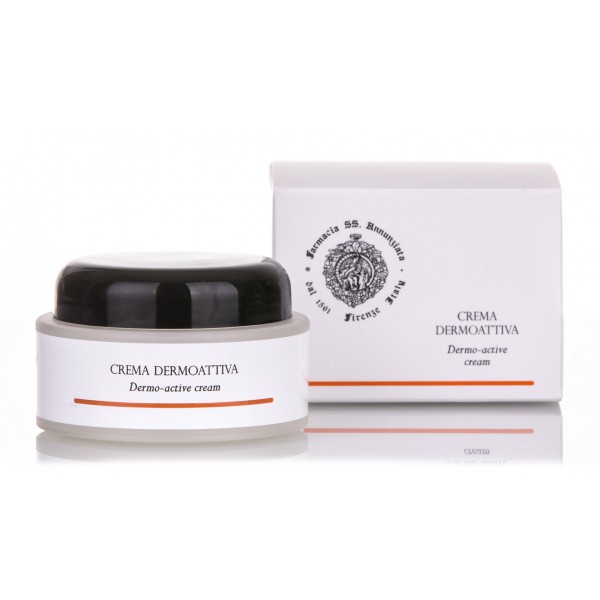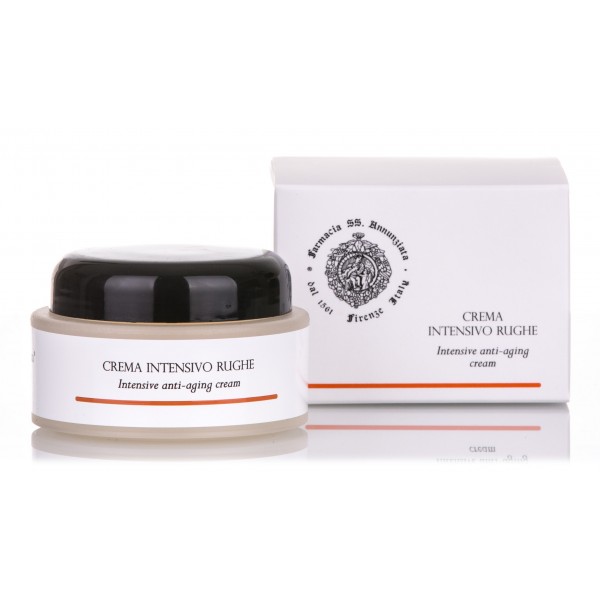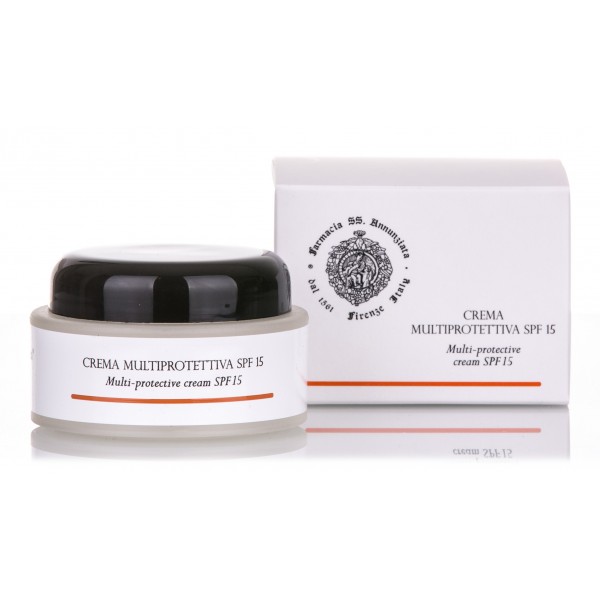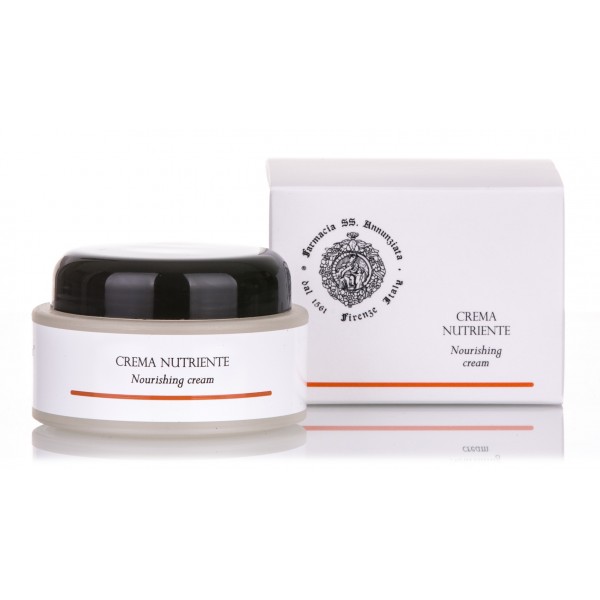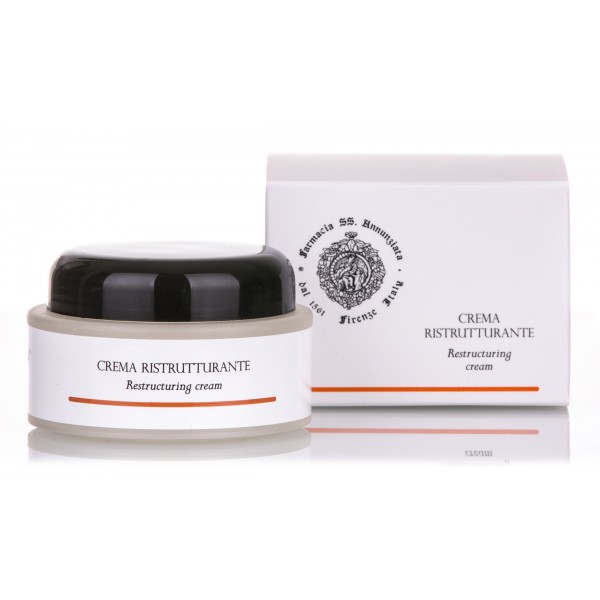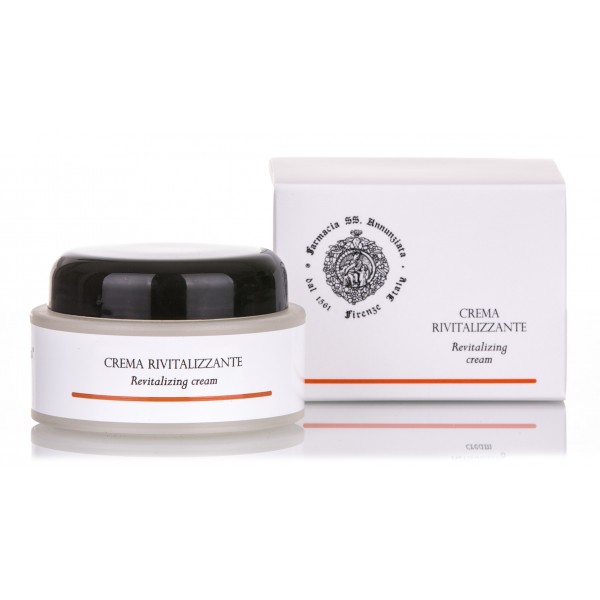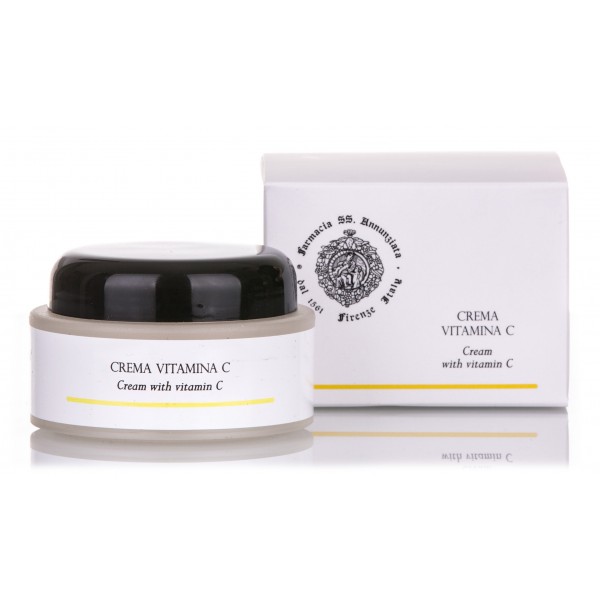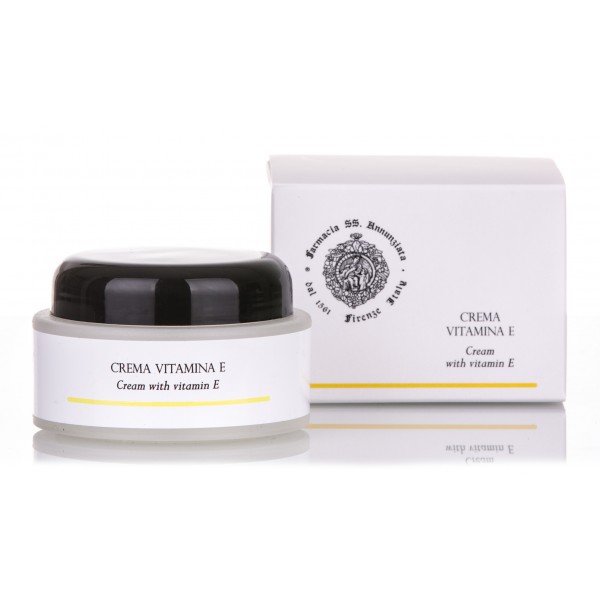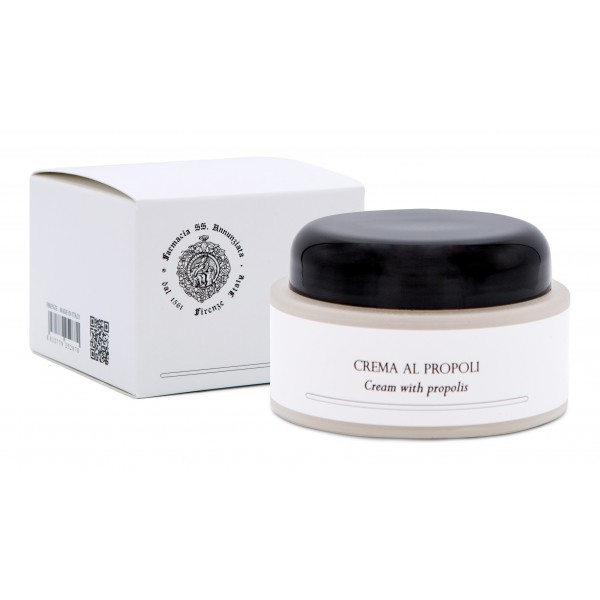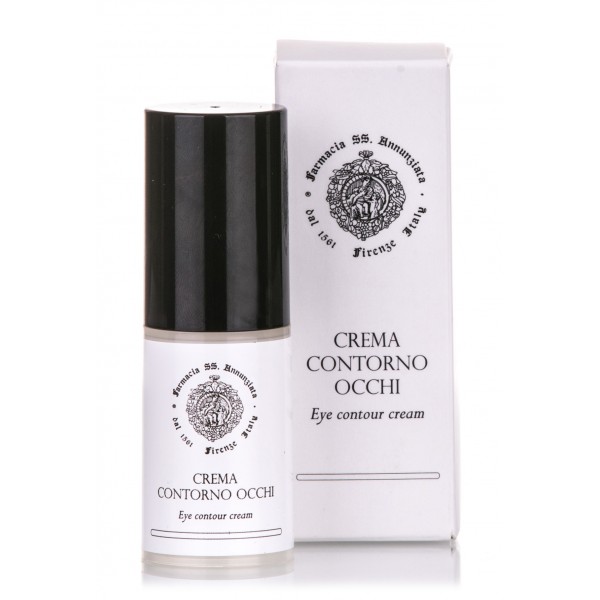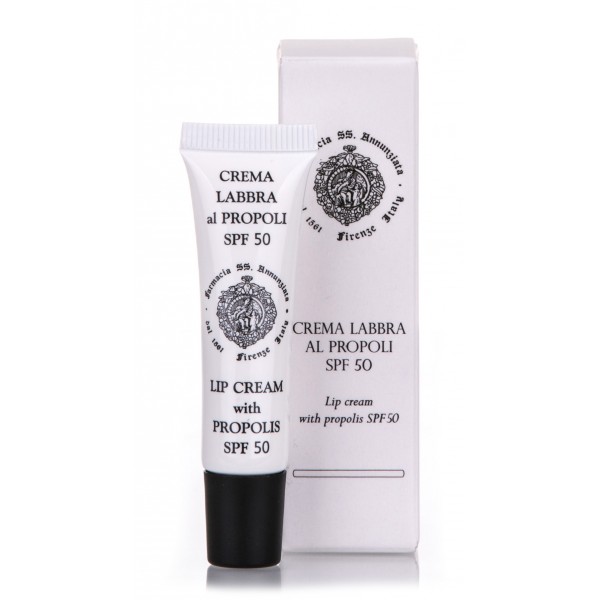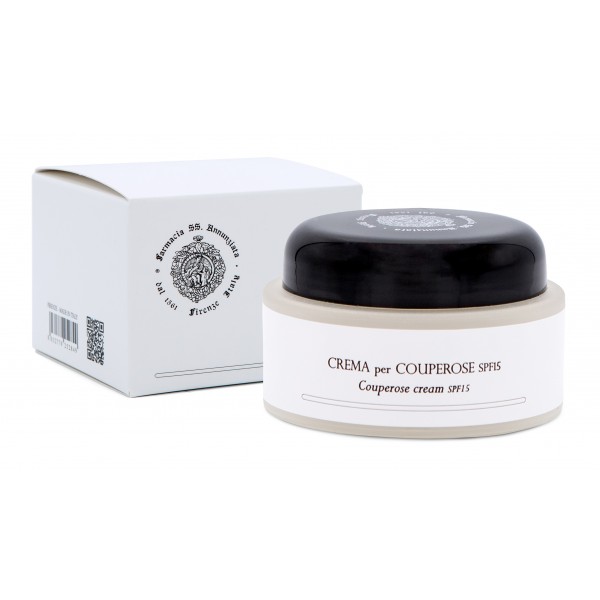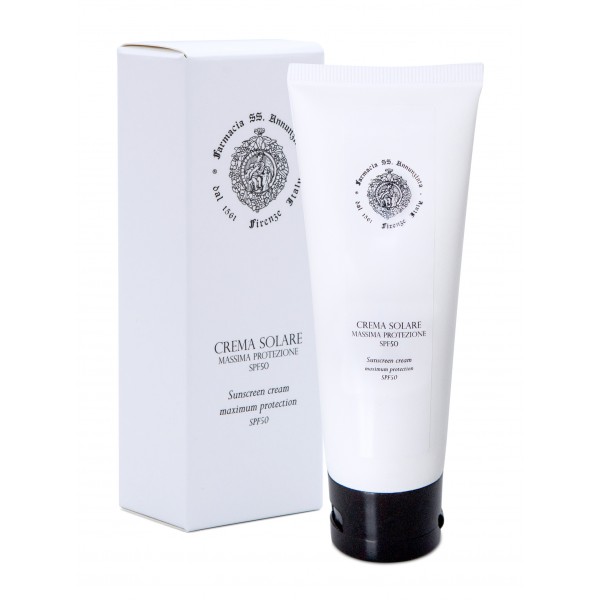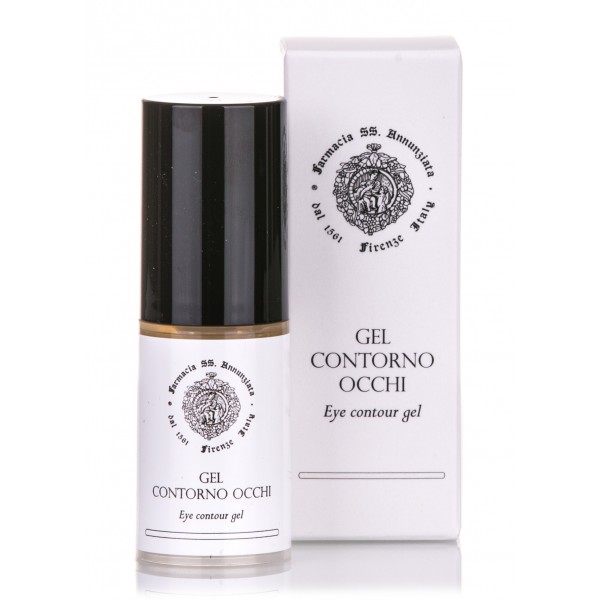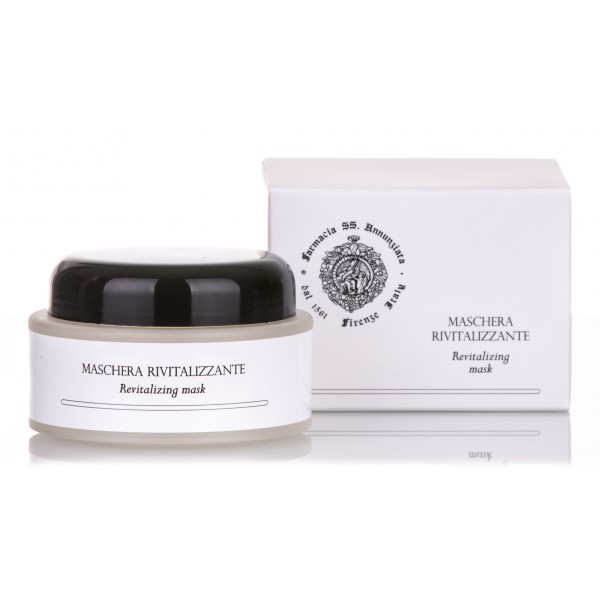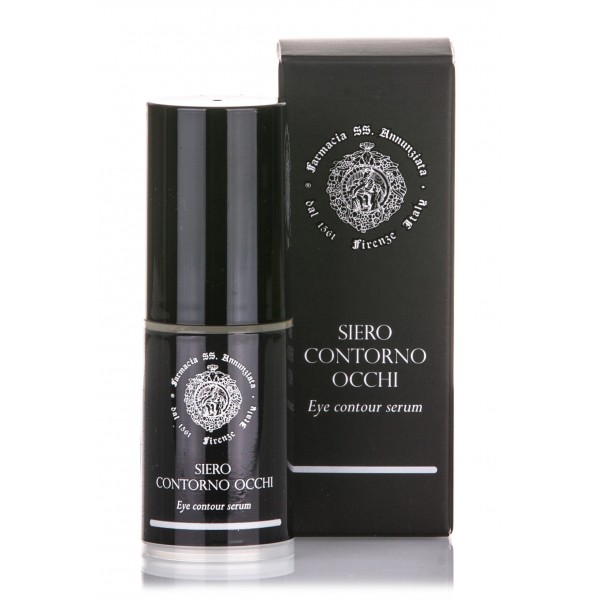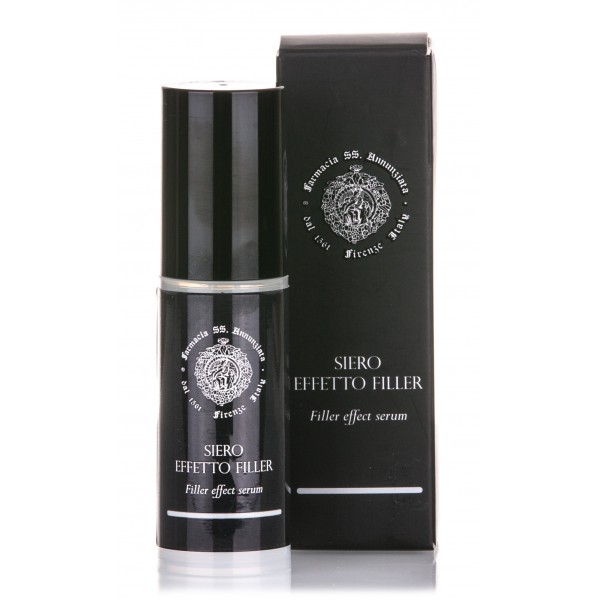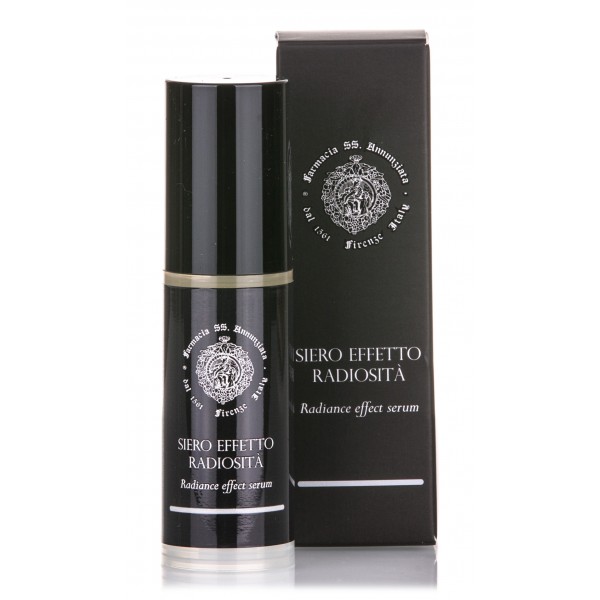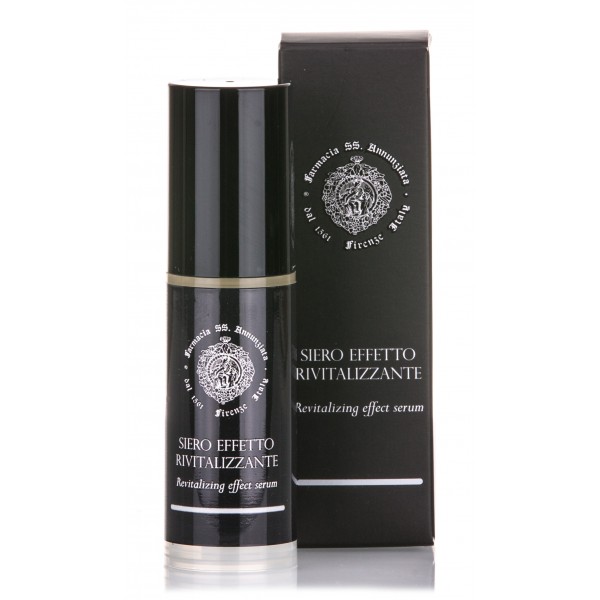No products
Categories
- Fashion Accessories
- Clothing
- Beauty & Lifestyle
-
Hi-Tech & Lifestyle
- Gaming
-
Case
- iPhone 11 Pro
- iPhone 11 Pro Max
- iPhone 11
- iPhone X / XS
- iPhone XS Max
- Samsung S10 / S10+ / S10e
- Huawei P30 / P30 Pro / P30 Lite
- Huawei P20 / P20 Pro / P20 Lite
- iPhone XR
- Samsung S9
- Samsung S9+
- iPhone 8 / 7
- iPhone 8 Plus / 7 Plus
- Samsung S8
- Samsung S8+
- Samsung S7
- Samsung S7 Edge
- iPhone 6 / 6 s
- iPhone 6 Plus / 6 s Plus
- iPhone 5 / SE
- Skin
- Audio
- Smart Home
- Drones & Hoverboard
- Photo & Video
- Desk Supplies
- Accessories
- Games
- Beverages
- Food
- Home
- Jewelry
- Luxury
- Travel
- Art
- Footwear
- Vintage Fashion
- Restaurants
- Sport
- Animals
- Gift Ideas
- Kidswear
Extra
Viewed Products
-

Chopard - Alpine Eagle - SCH329 566X7P - Sunglasses - Chopard Eyewear
Classic chic rectangular shape in...
-

Yves Saint Laurent - SL 751 Jeanne - Black - Sunglasses - Saint Laurent Eyewear
Oval sunglasses with acetate frames...
-

Givenchy - GV Day Sunglasses in Acetate - Black - Sunglasses - Givenchy Eyewear
Givenchy sunglasses are a celebration...
-

Yves Saint Laurent - SL M137 Amelia - Black Light Gold - Sunglasses - Saint...
Aviator sunglasses with floating...
-

Linda Farrow - Tracy Round Sunglasses in Milky Pink - LFL239C29SUN - Linda...
Linda Farrow sunglasses are a...
-

Linda Farrow - Sarandon Cat-Eye Sunglasses in Tortoiseshell - LFL986C2SUN -...
These classically proportioned cat...
Farmacia SS. Annunziata 1561
None of The Old Traditions have Been Lost. None of The Benefits of Modern Technology have Been Neglected
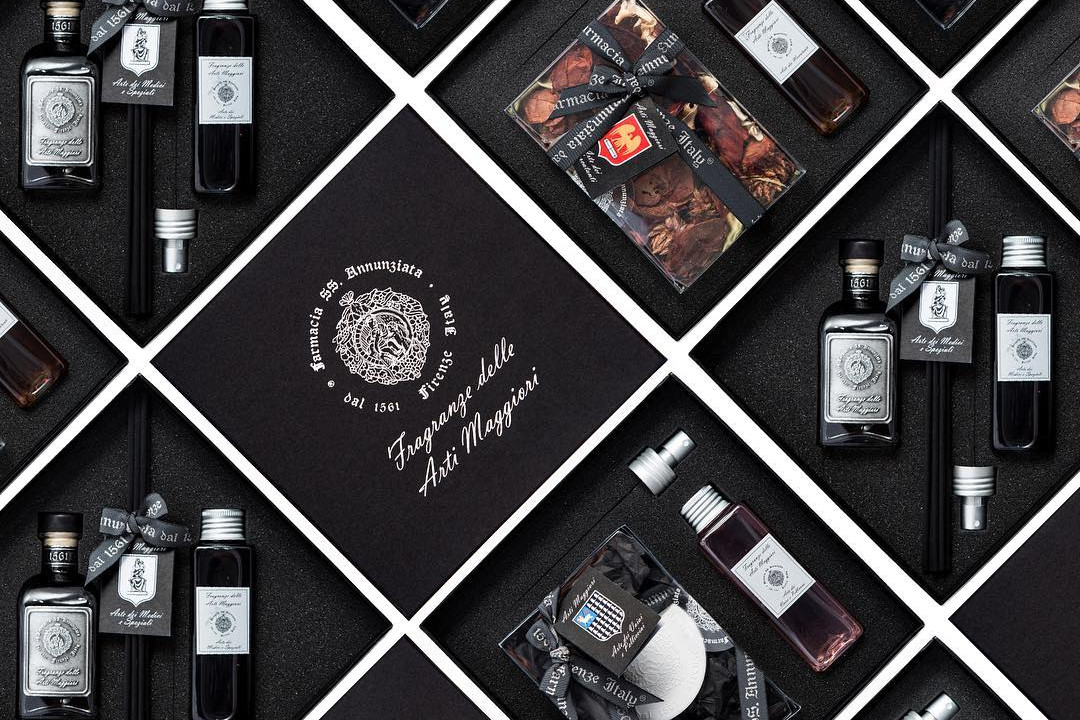
Concept
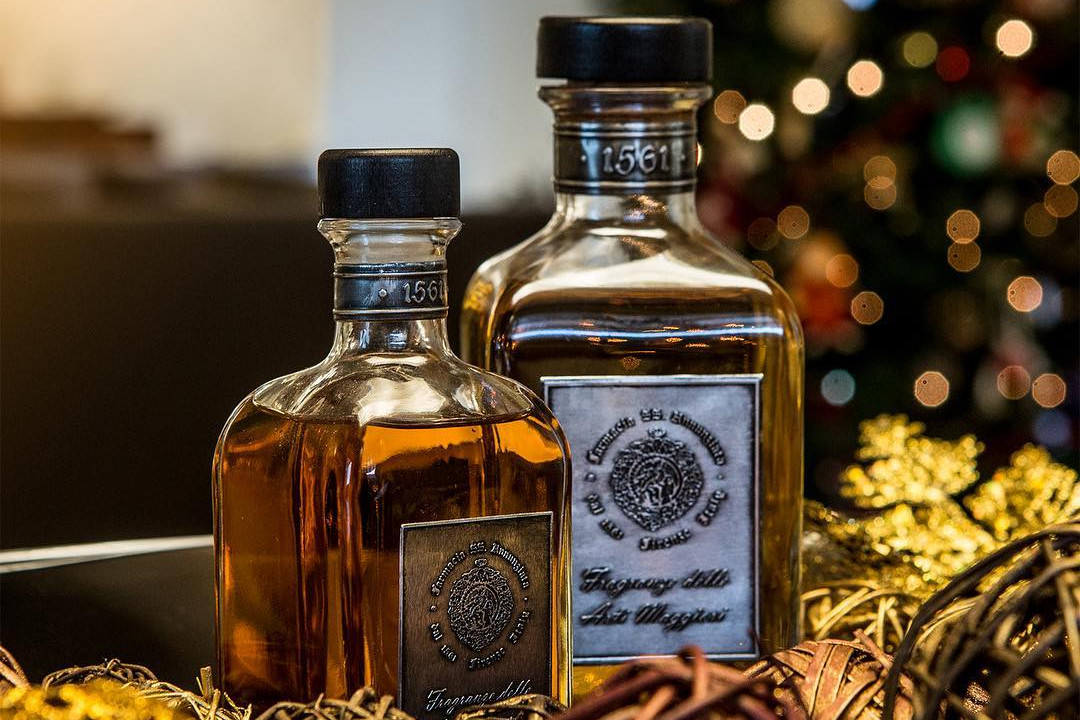
In 1561 the chemist Domenico di Vincenzo di Domenico Brunetti was the first manager of the Santissima Annunziata Pharmacy about whom we have information. (A.S.F. – Decima Granducale 3784 cc. 110v. – 111r A.S.F. – Arte dei Medici e Speziali, 12, c.123v.).

Since that time the Farmacia Santissima Annunziata has always mantained, apart from the usual prestige typical of every pharmacy at that age, a special tradition in preparing galenic prescriptions and products for hygiene and the beauty of the skin.
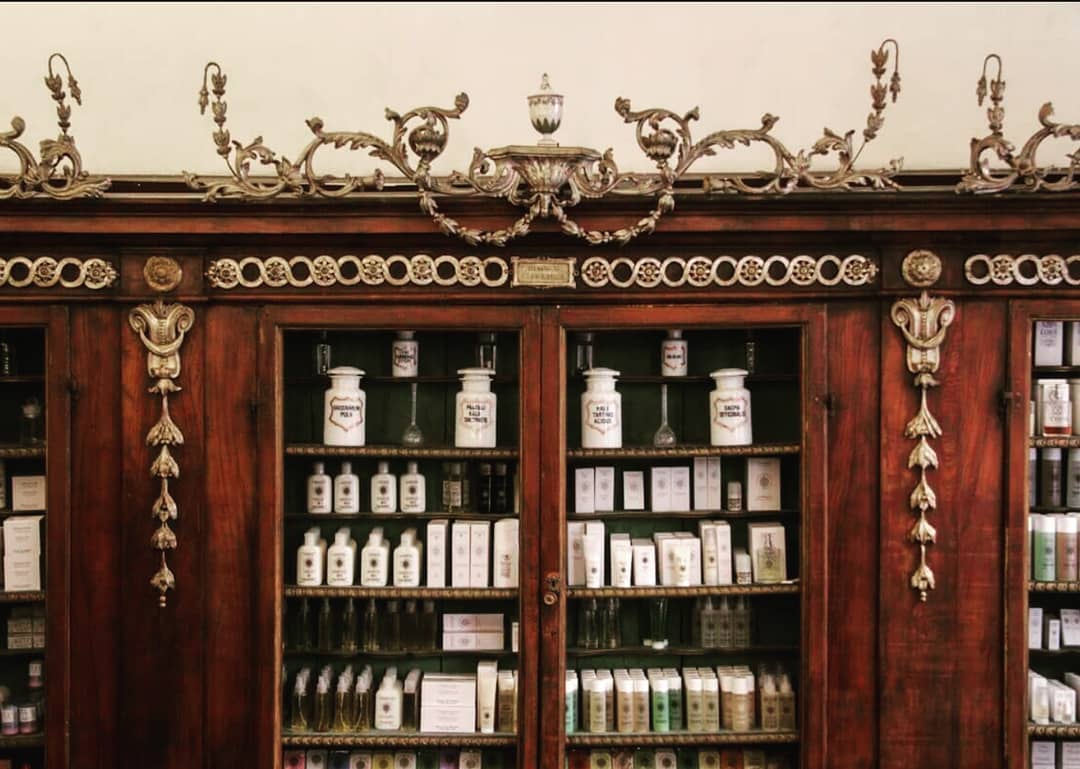
We have graduated, from ancient processes completely handmade, with pestle and mortar, to special quality controlled preparations made with modern and safe machinery, giving special attention to high standards and throughly researching our prescriptions which are made both with traditional and new raw products.

Our ancient tradition has been mantained and the standards of our products have become, if possible, better and safer.
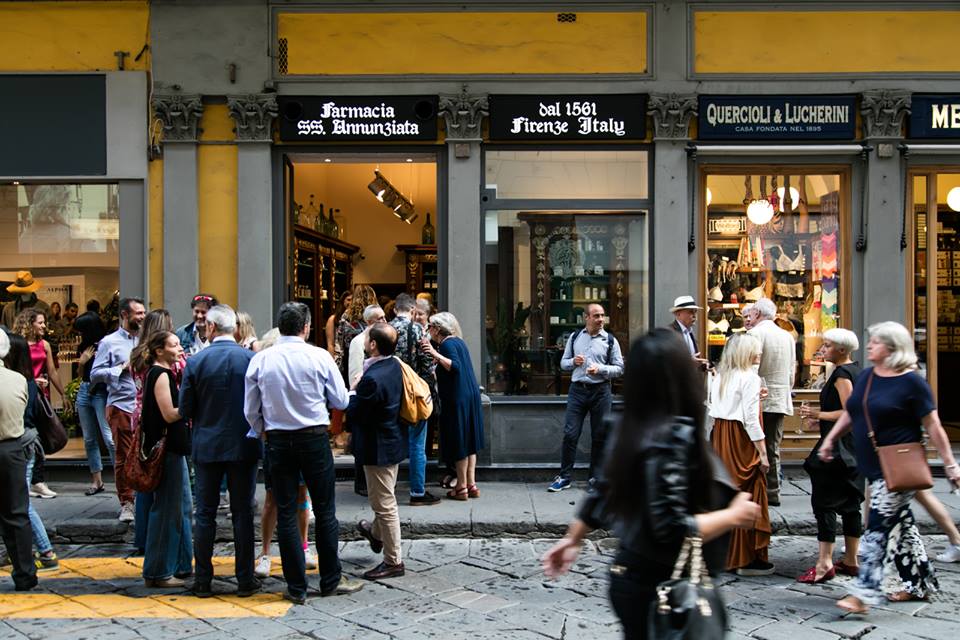
The Farmacia SS. Annunziata uses only the highest quality ingredients available on the global market and preparation is done with precision using advanced, high-tech machinery. The finished product is always fresh and in accordance with all current technical and legislative standards and the psychophysical needs of the client, as well as the needs of the skin according to the climate and/or seasonal changes, are always carefully considered in the making of both new and old products.
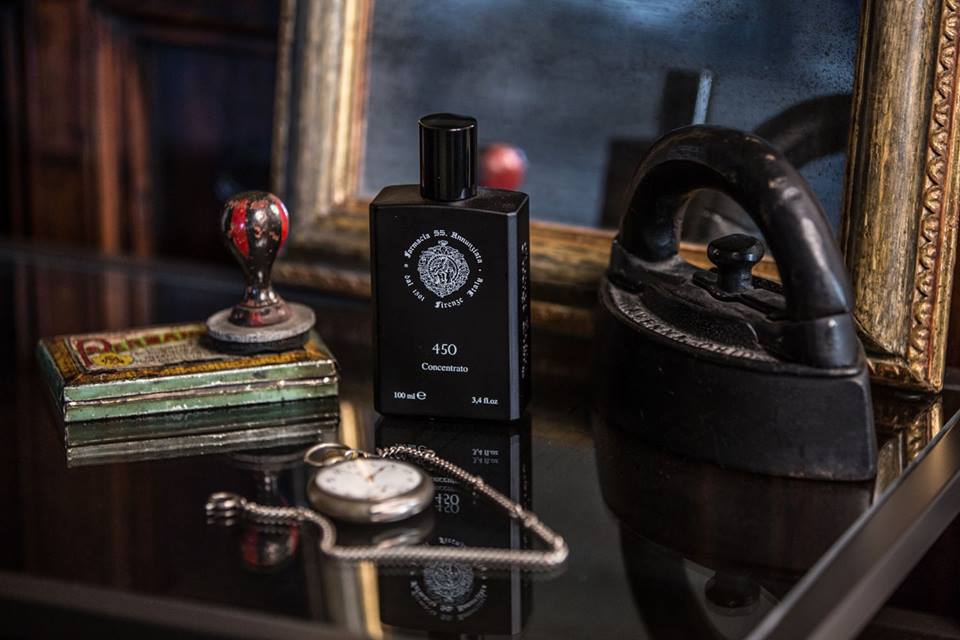
History
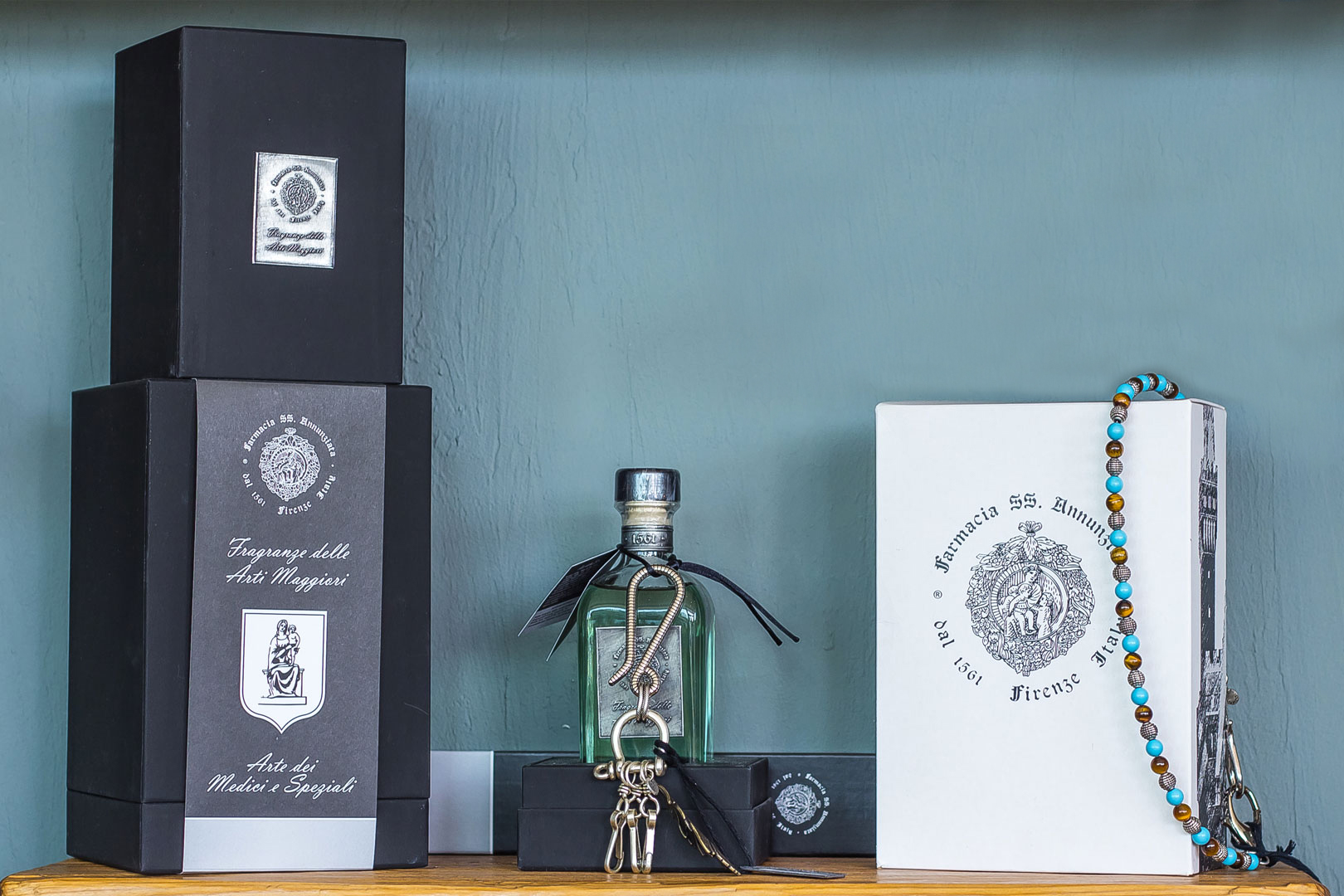
The Farmacia SS. Annunziata of Florence is located at Via dei Servi 30 (black) and 80 (red) in a building that dates back to 1400.
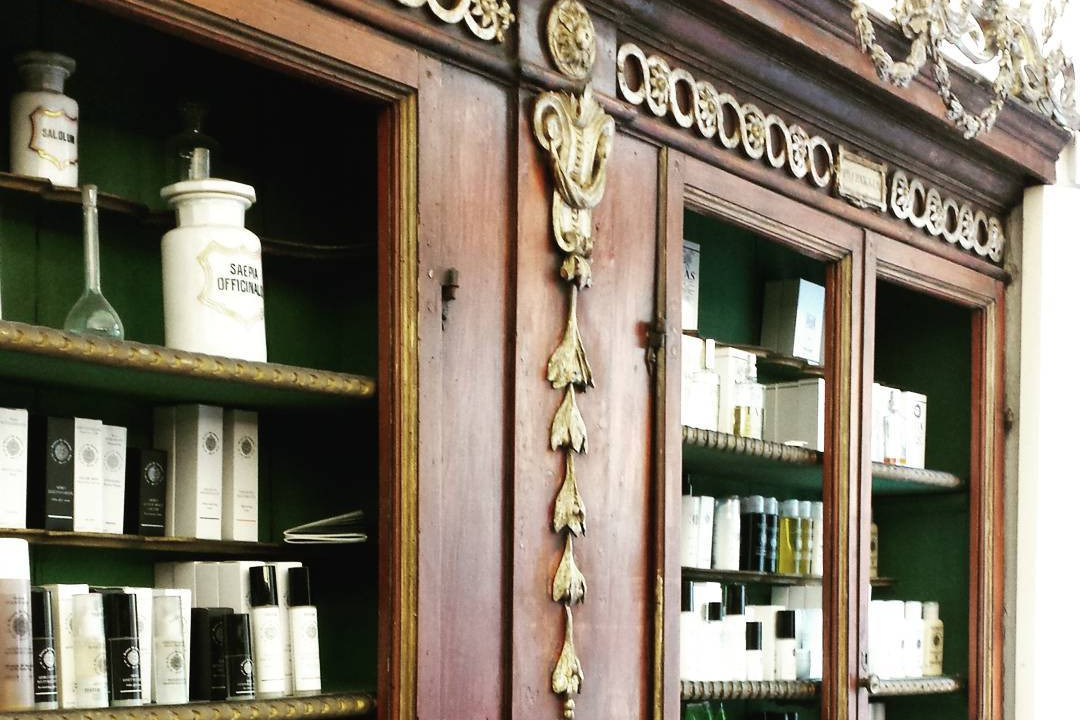
At the top of the first story facade is a pietra serena stone sculpture of an eagle bearing a ball on its back. The history of this coat of arms dates back to 1200.Between the twelfth and thirteenth centuries, the Arti di Firenze (Guilds of Florence), which were guilds of arts and crafts, began to take shape.
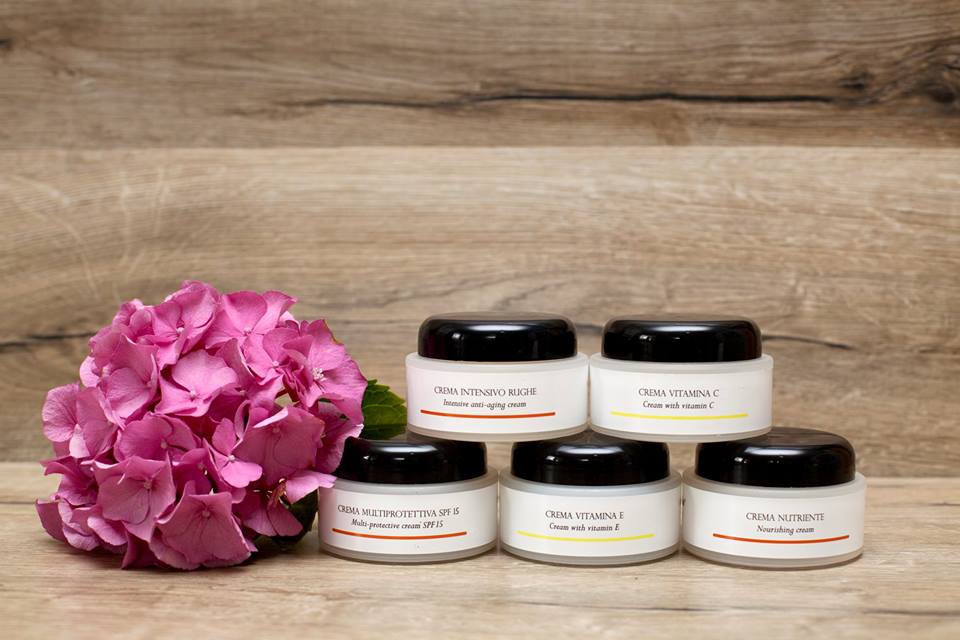
These were initially created as lay associations for the defence and pursuit of common goals that brought together those who worked in the same profession or those who practised the same trade.
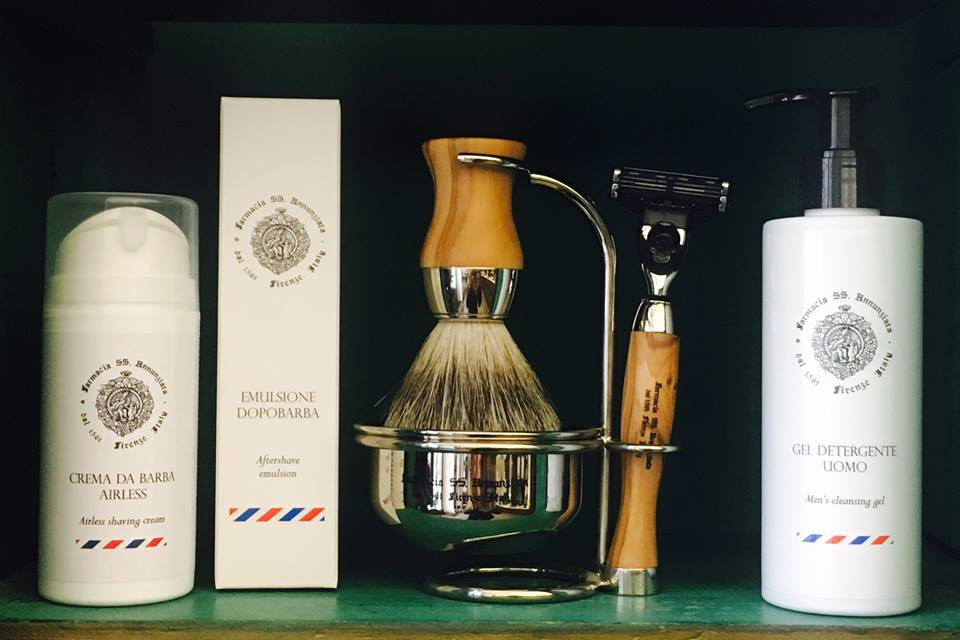
The extraordinary economic developments that permitted Florence to become one of the richest and most powerful cities in medieval Europe are owed in large part to these guilds.
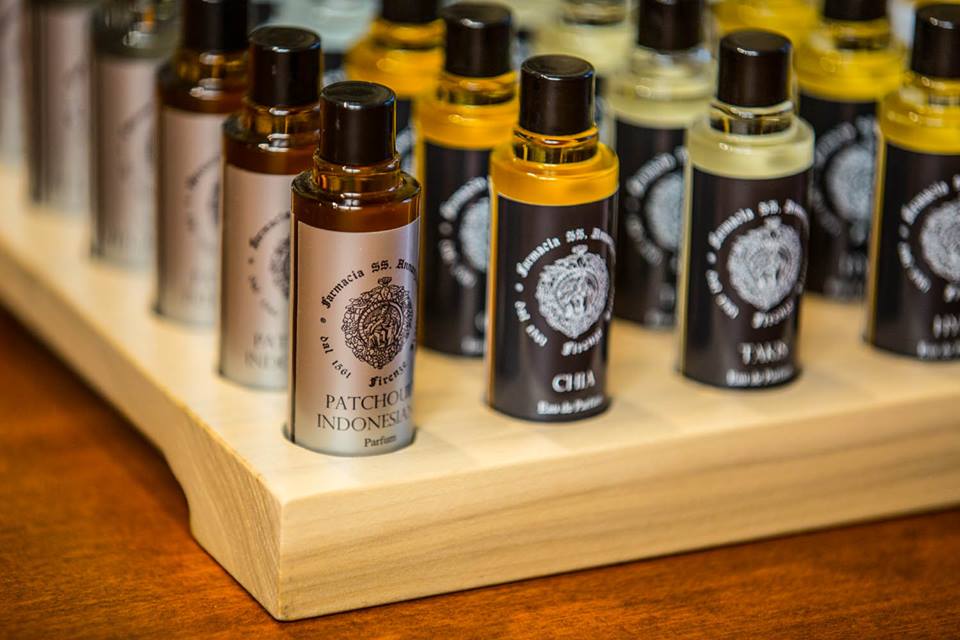
Seven guilds called the Arti Maggiori (Major Guilds) and another fourteen called the Arti Minori (Minor Guilds) were formed.Those belonging to the former managed and administered large interests and were able to create commercial and financial relationships in many parts of the world.
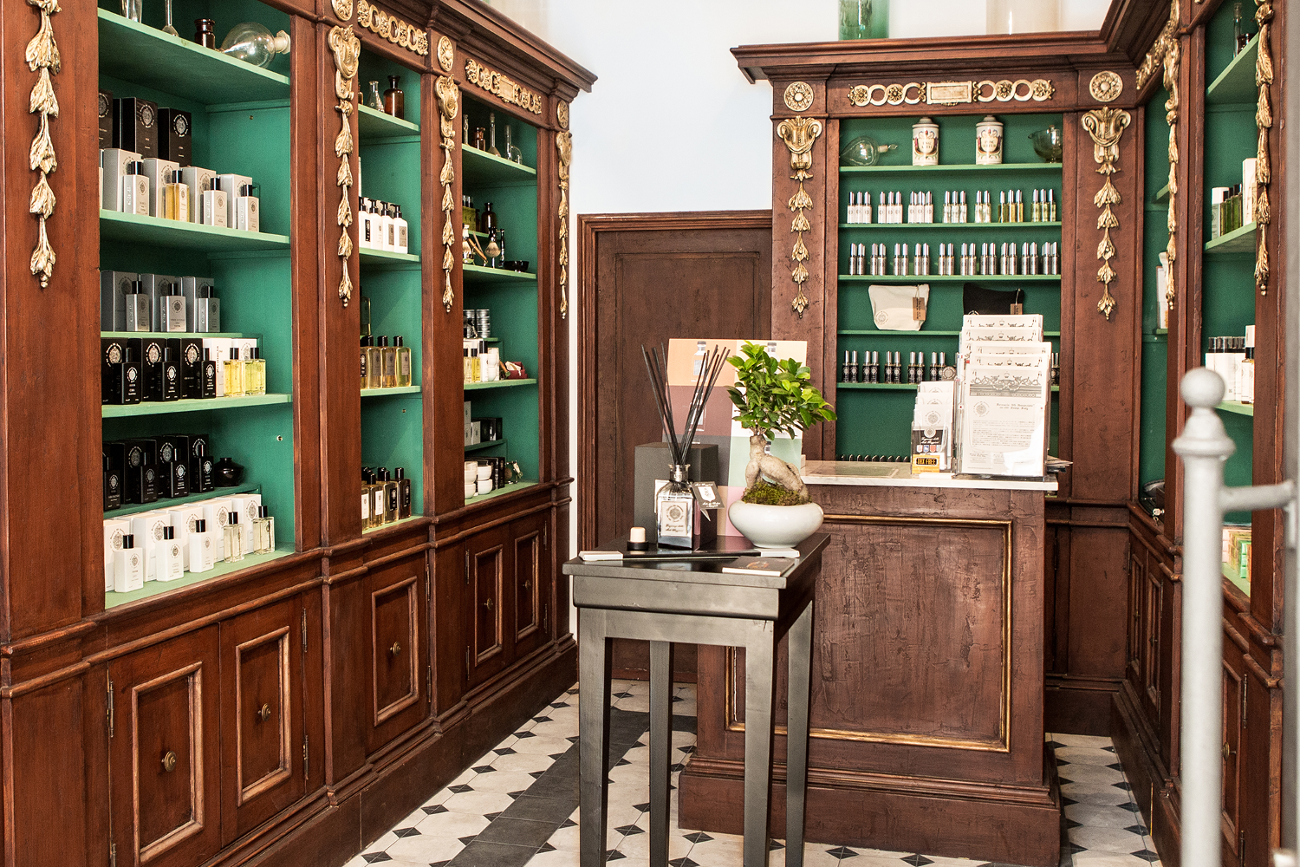
The Arti Minori were guilds of a purely artisan character. Their services were limited to a local sphere and their involvement in politics was generally far more restricted than that of the Arti Maggiori.
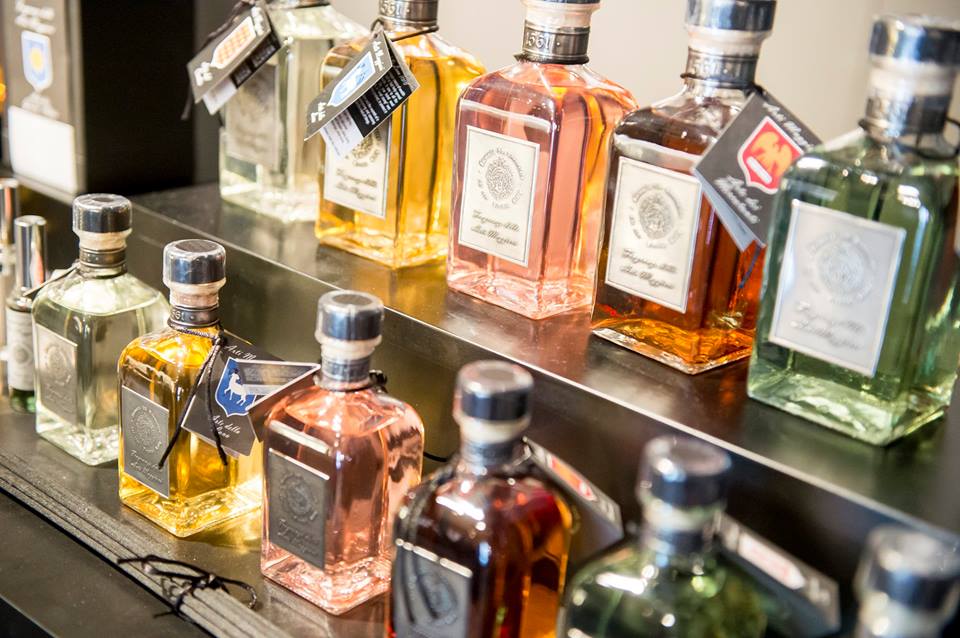
One of the richest and most powerful of the Arti Maggiori guilds in Florence was the Arte dei Mercatanti or di Calimala (a guild of cloth finishers and merchants) who had shops in Via Calimala in the centre of Florence, where many of the various guilds’ shops were located.
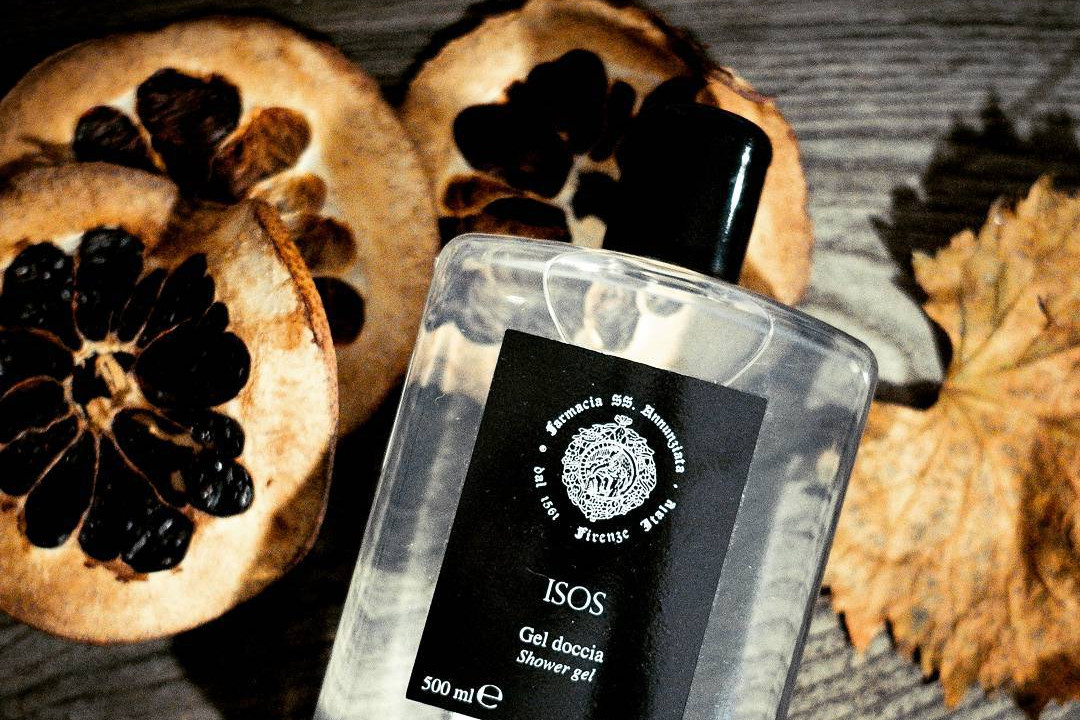
The Arte dei Mercatanti imported cloth mainly from France and England and then dyed, stretched and fulled it before re-exporting it to other countries.

The Arte dei Mercatanti is represented by a golden eagle against a red background standing upon a white bundle of cloth.
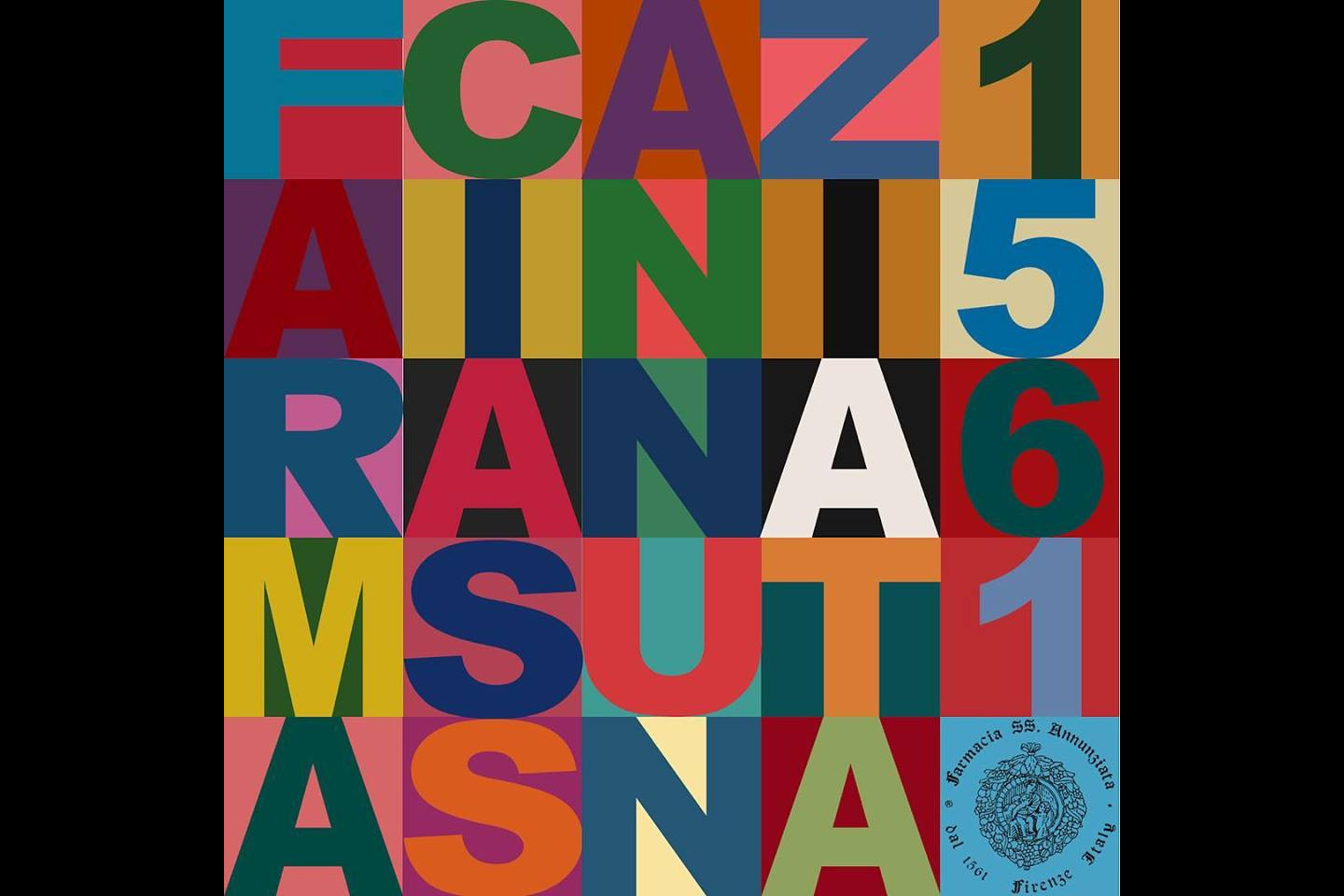
This symbol can be found on the inside of its original building situated on top of a large ball that is hoisted above the stairwell. It is the same coat of arms that is sculpted on the facade of the building where the Farmacia SS. Annunziata is located.
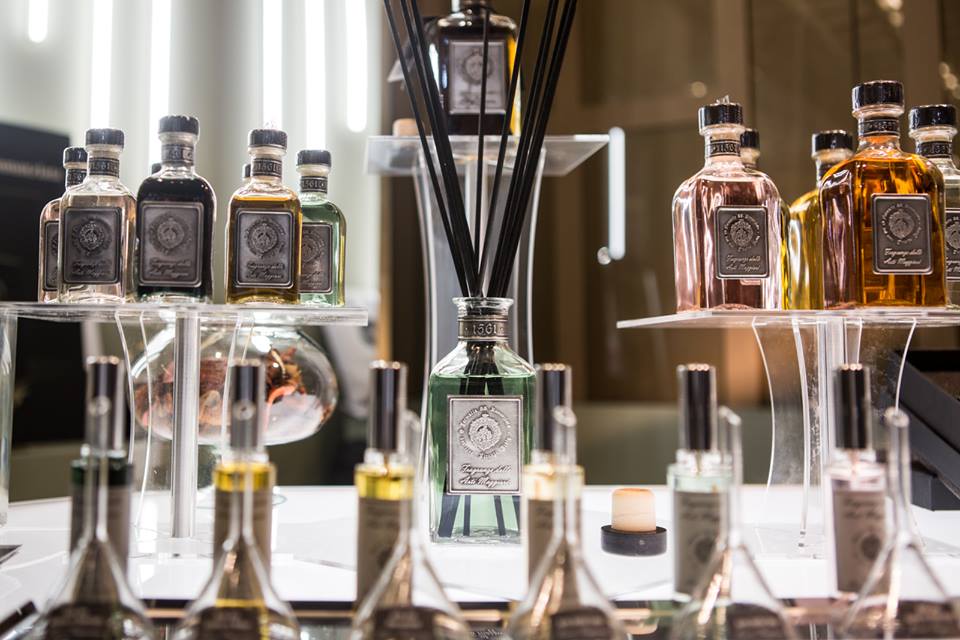
In 1298 the city began to urbanize. It was during this time that a street was formed that went directly to the area in front of the new church that was connected to the SS Annunziata Convent. Today this street is called Via dei Servi.
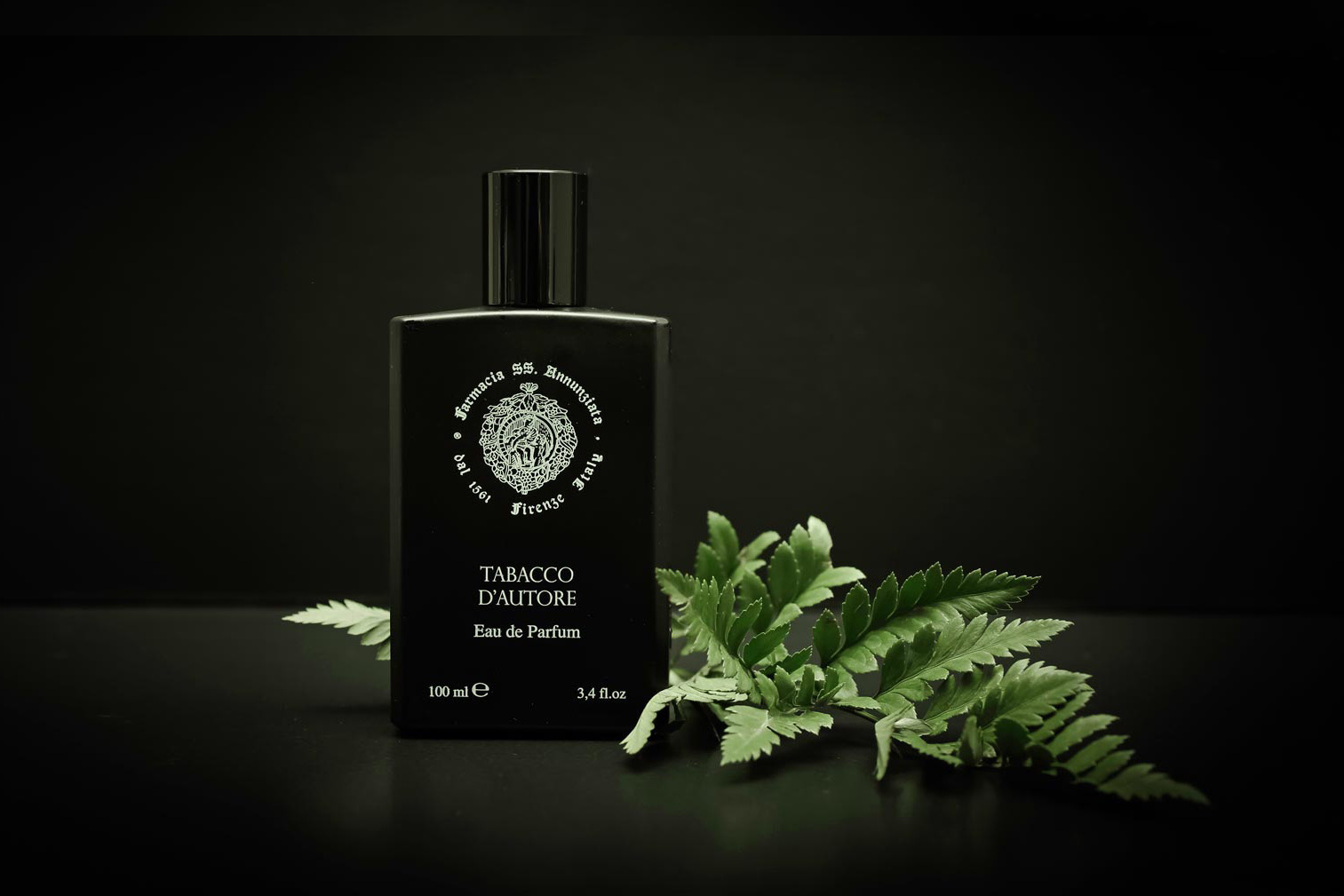
In 1419, Fillipo Brunelleschi began work on the loggia of the Ospedale degli Innocenti (Hospital of the Innocents) and in 1421 Via dei Servi was paved.

At some point between 1471 and 1482, a map was drawn up by an anonymous connoisseur of Florentine wares and artefacts that clearly shows a two-storey unitary building located between the Annunziata and the Duomo. This building could represent the houses of Via dei Servi and not the original tiratoio (the building for the stretching and drying of cloth). Two-thirds of the original tiratoio was inherited by the Arte della Lana (Guild of Silk), and the Arte dei Mercatanti inherited the remaining one-third.
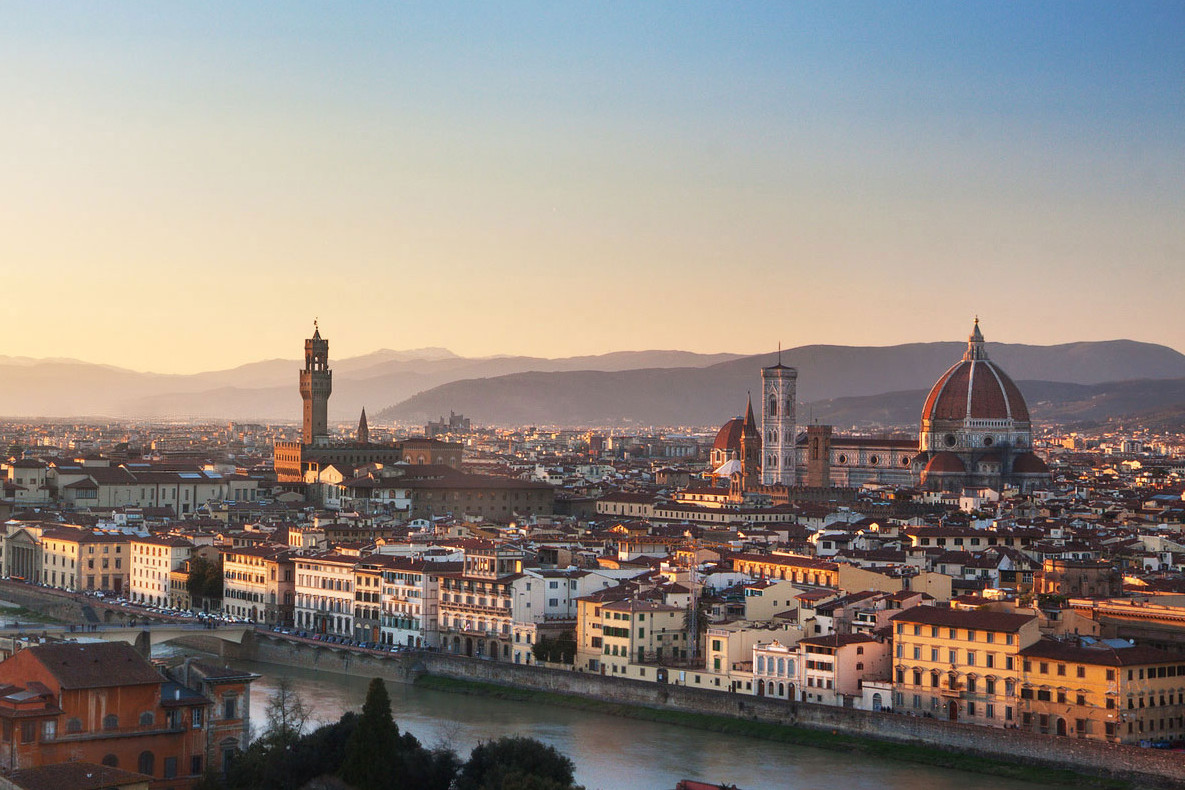
The tiratoio was eventually demolished by both guilds and it is believed that they may have then built 13 houses (9 and 4, respectively) as evidenced by the positioning of the coat of arms of each guild. The building in which the pharmacy is located is amongst those built by the Arte dei Mercatanti di Calimala, as shown by the coat of arms on the building.
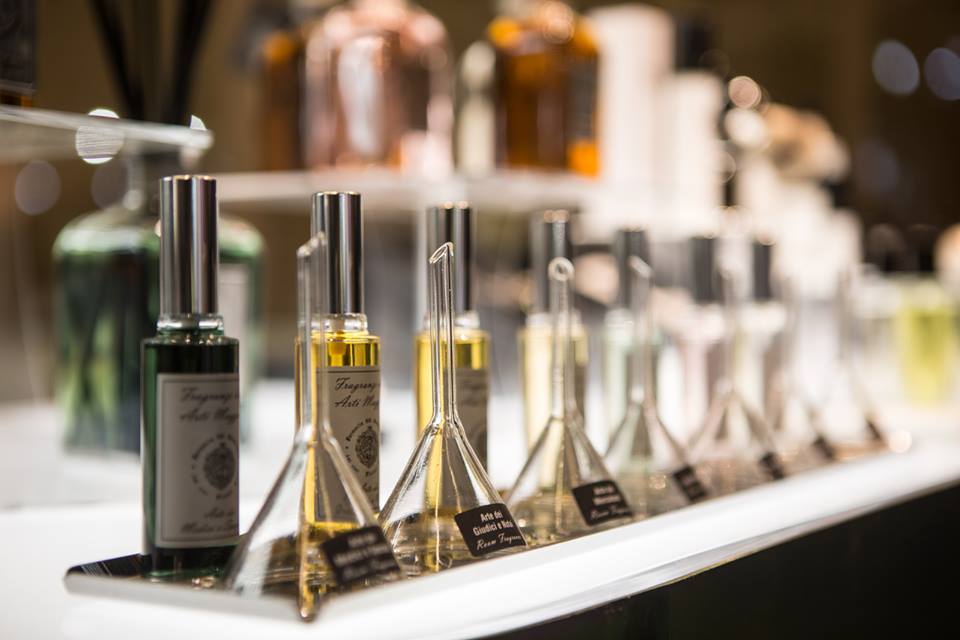
The Decima Granducale of 1561 is the first document that evidences the existence of the 13 houses. This document is a written land registry in which can be found the diligently noted names of owners and tenants along with any existing mortgages etc.
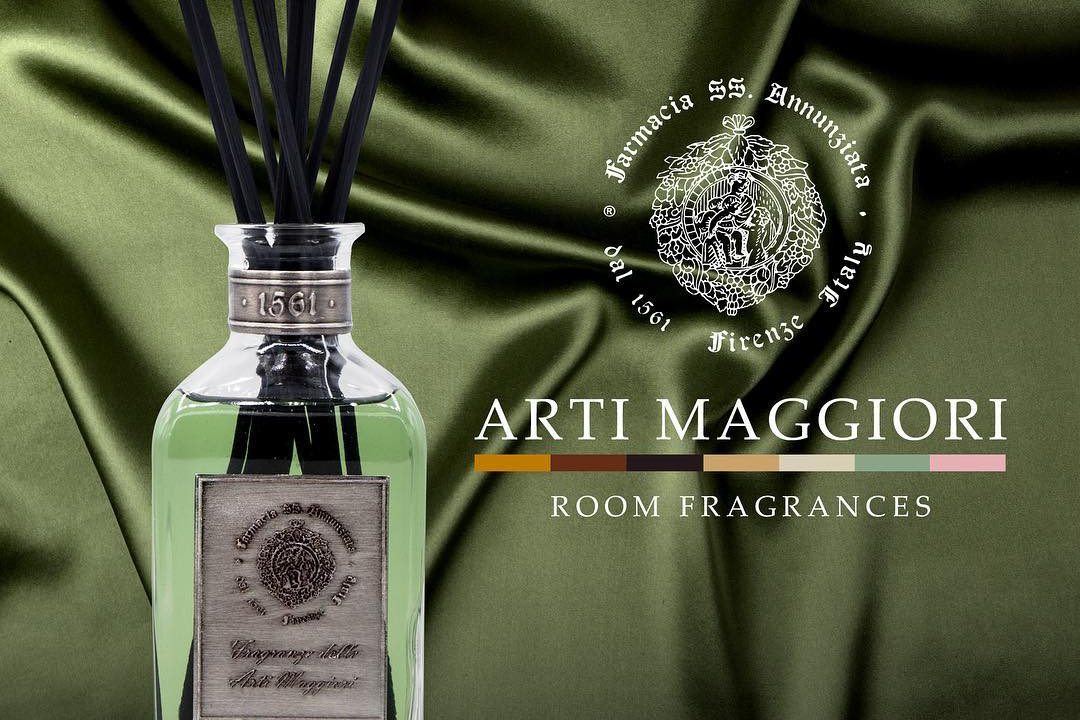
One of the volumes of the Decima, entitled Ricerca delle Botteghe a Firenze dell’anno 1561 (Research of the Florentine Shops from the year 1561), shows that a chemist’s shop existed on the second stretch of Via dei Servi which was the property of the Monache di S. Niccolò (Sisters of Saint Nicholas) and that was managed by the Domenico di Vincenzo Brunetti Apothecary (ASF, Decima Granducale 3784, cc. 110v. – 111r.).
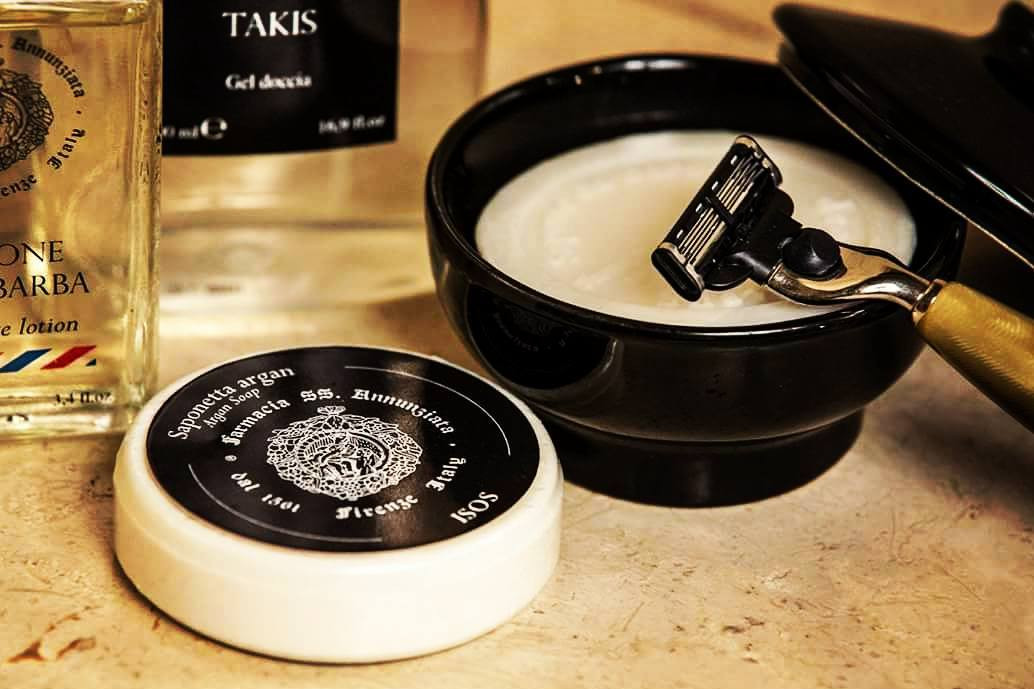
It is very possible that this is the same location where the current pharmacy sits today. Further research on Domenico Brunetti shows that he was registered on 1 Dec 1558 in the Libro rosso delle matricole di Firenze (The red registry book of Florence) for the Arte Medici e Speziali (the medical and apothecary guild) (ASF, Arte dei Medici e Speziali, 12, c. 123v.). Using this information we can reconstruct his story.

After joining the Arte dei Medici e Speziali he opened the chemist’s shop, which sold medicinal herbs and prepared medicines. The shop was located on the second stretch of Via dei Servi, which corresponds to the actual street number of 80r, and was owned by the Monache di S. Niccolò.
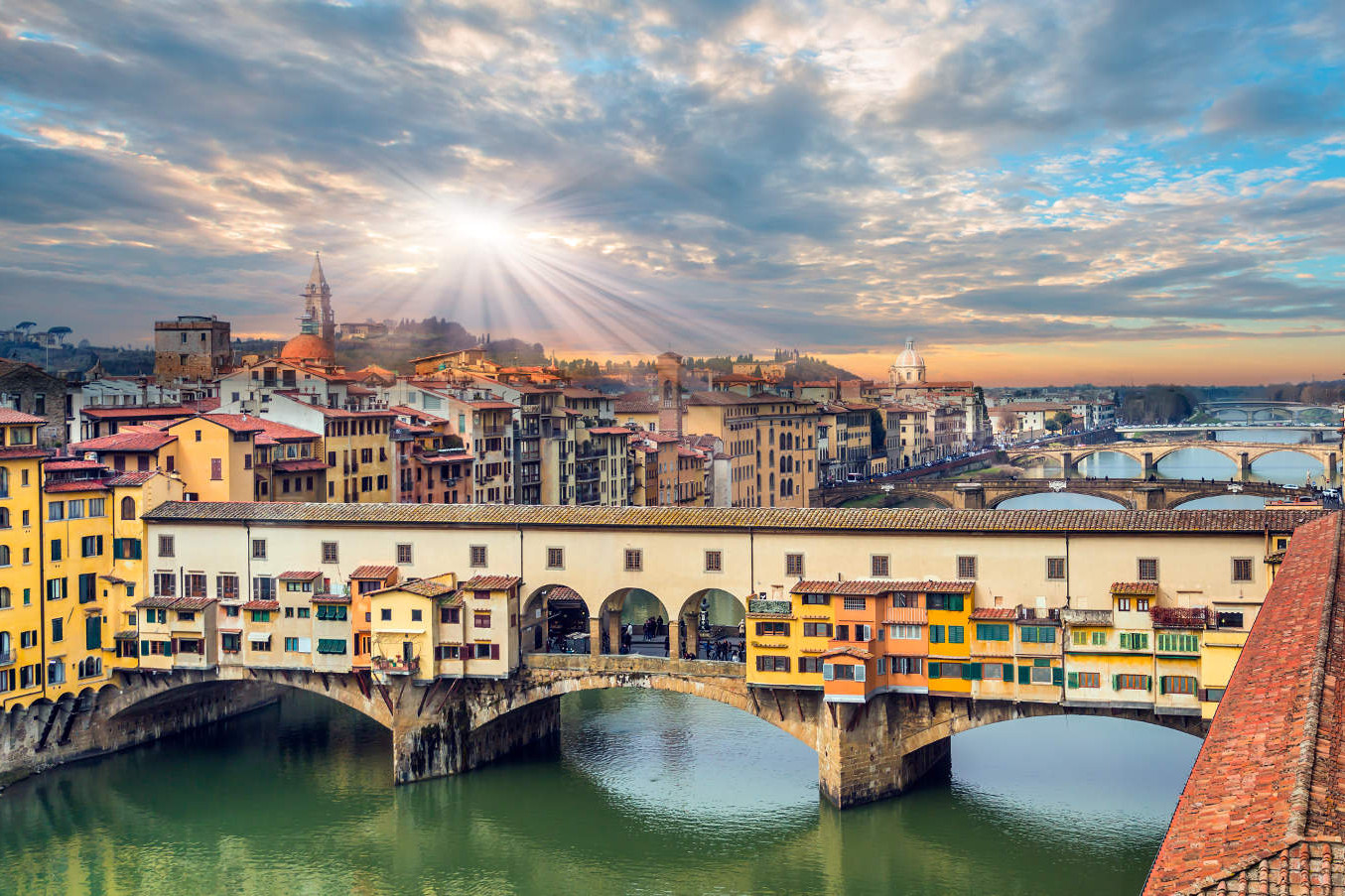
We can therefore identify the Domenico di Vincenzo Brunetti Apothecary as the first known administrator of the Farmacia SS. Annunziata in 1561.
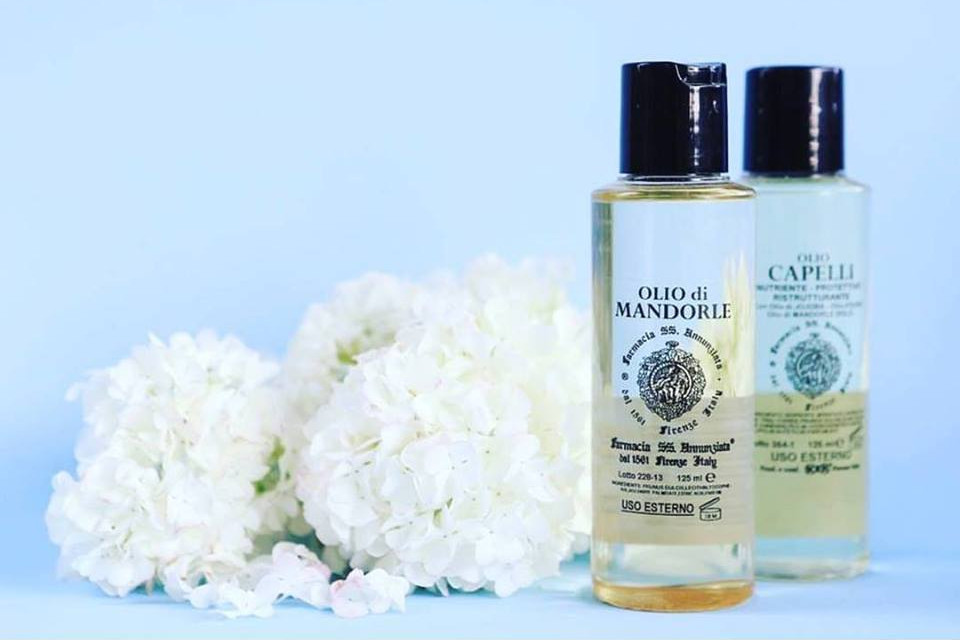
The furniture present in the pharmacy can most likely be traced back to the 18th century along with the insignia affixed to the facade of the building (the round ceramic plate framed in pietra serena with the scene of the Annunciation).
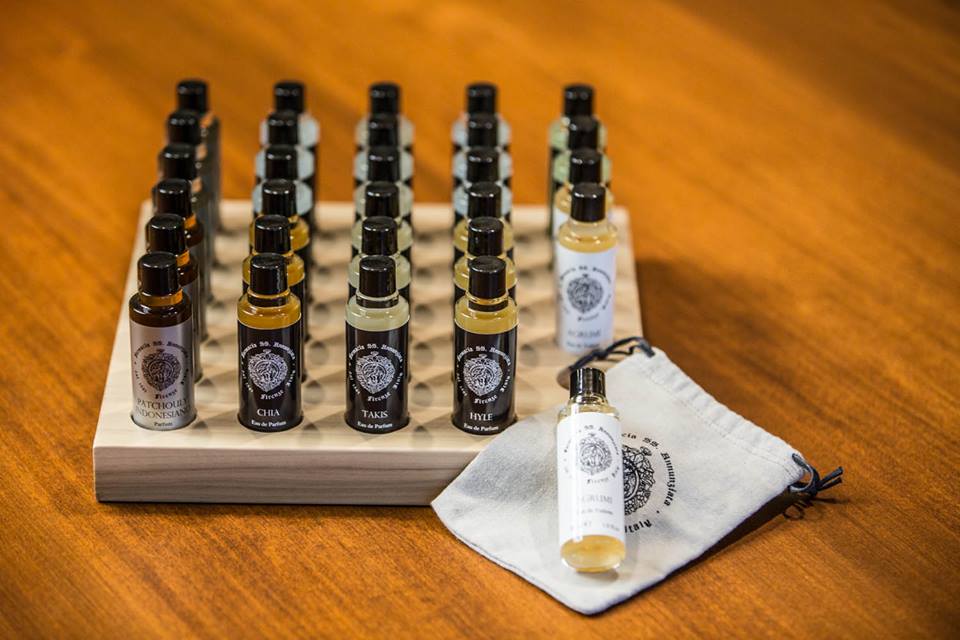
It is from this very symbol that the pharmacy derived its original name, all’insegna della SS. Annunziata (1876). (See photo at left). In 1935 it was renamed Farmacia della SS. Annunziata.
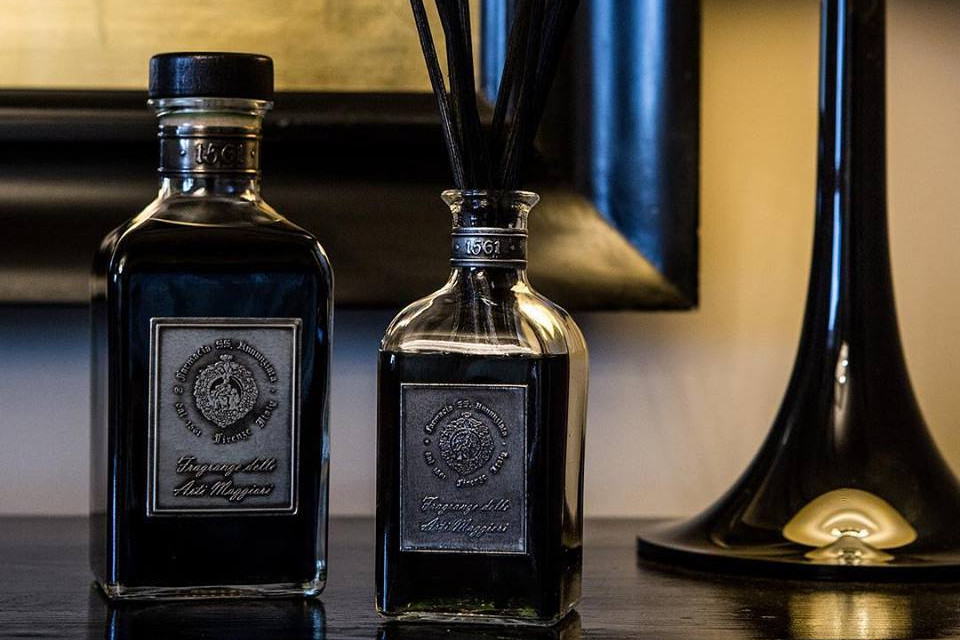
Today the pharmacy is both owned and managed by the Azzerlini family.
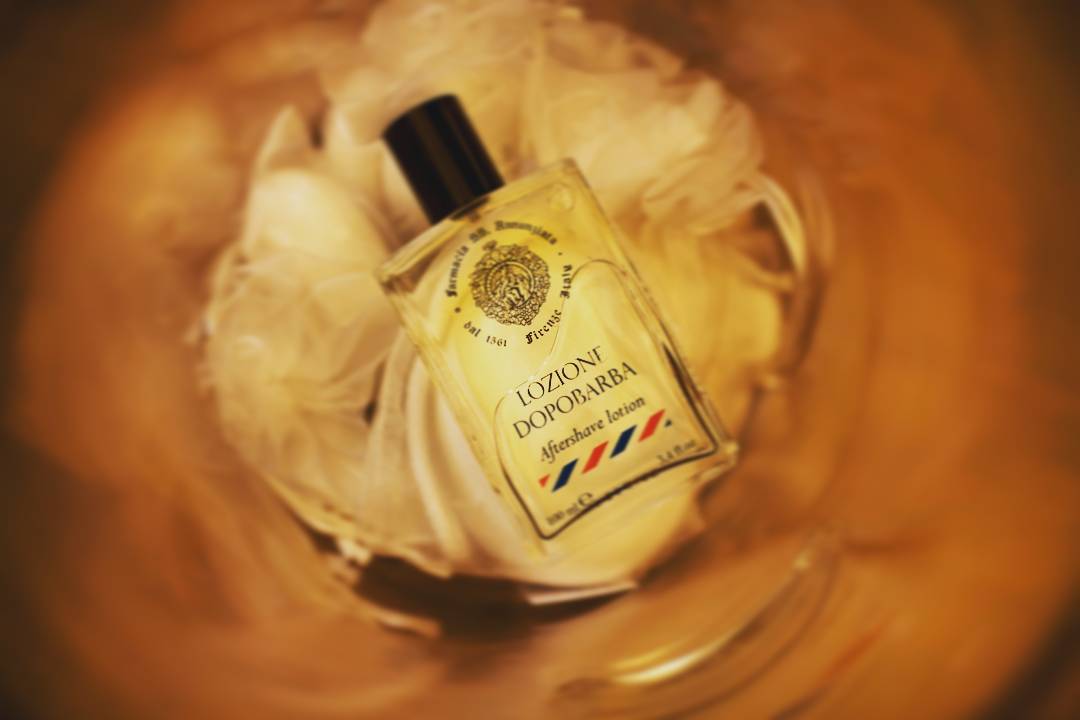
Family
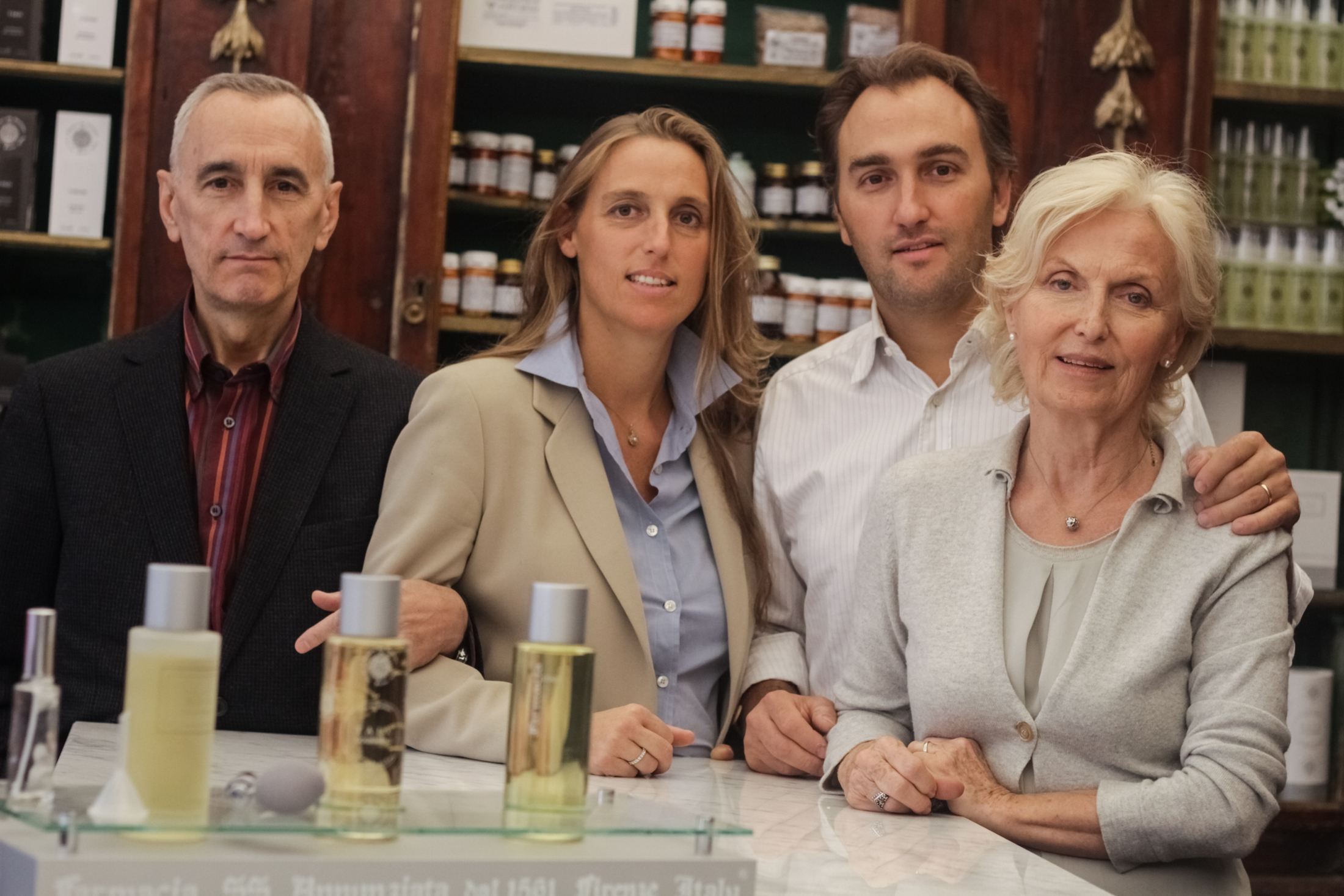
The cosmetic line by Farmacia SS. Annunziata dal 1561 Firenze Italy is produced by KER Srl.

The family is the sole owner of both companies and is composed of two pharmacists and two business executives.

By uniting the long-standing experience of the pharmacy with the modern and reliable technology of KER, we have created a happy union that has brought an efficient and functional quality to our cosmetics. The entire production cycle is under our direct control until final sale to the end client.

None of the old traditions have been lost. None of the benefits of modern technology have been neglected.
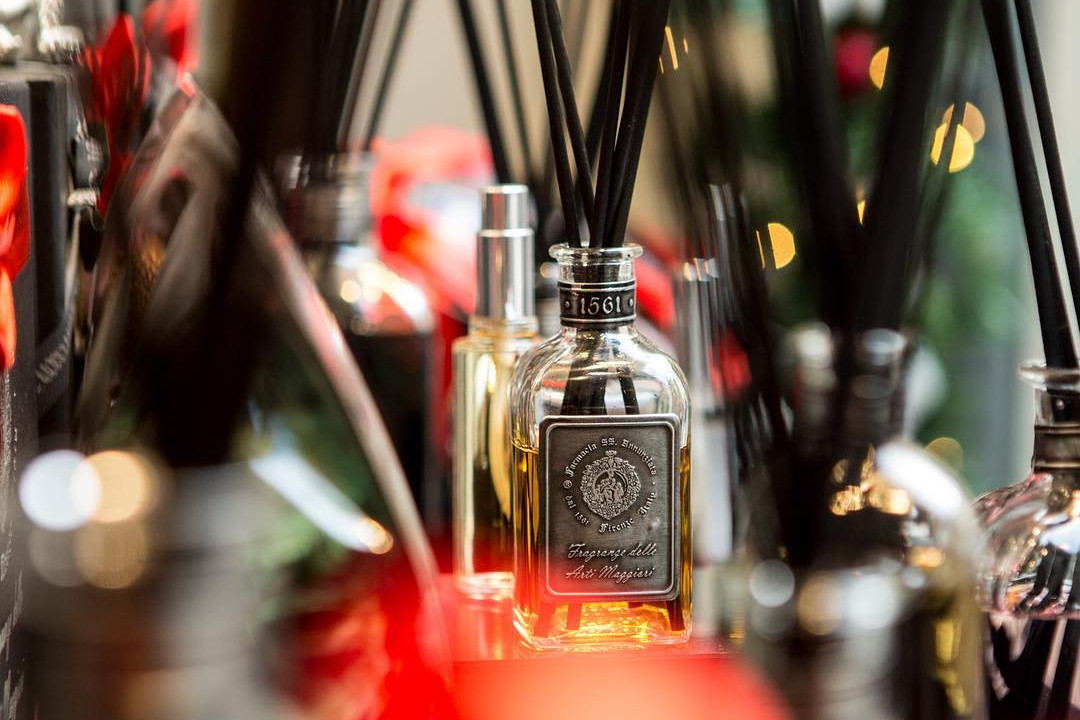
Products Farmacia SS. Annunziata 1561
Farmacia SS. Annunziata 1561
None of The Old Traditions have Been Lost. None of The Benefits of Modern Technology have Been Neglected

Concept

In 1561 the chemist Domenico di Vincenzo di Domenico Brunetti was the first manager of the Santissima Annunziata Pharmacy about whom we have information. (A.S.F. – Decima Granducale 3784 cc. 110v. – 111r A.S.F. – Arte dei Medici e Speziali, 12, c.123v.).

Since that time the Farmacia Santissima Annunziata has always mantained, apart from the usual prestige typical of every pharmacy at that age, a special tradition in preparing galenic prescriptions and products for hygiene and the beauty of the skin.

We have graduated, from ancient processes completely handmade, with pestle and mortar, to special quality controlled preparations made with modern and safe machinery, giving special attention to high standards and throughly researching our prescriptions which are made both with traditional and new raw products.

Our ancient tradition has been mantained and the standards of our products have become, if possible, better and safer.

The Farmacia SS. Annunziata uses only the highest quality ingredients available on the global market and preparation is done with precision using advanced, high-tech machinery. The finished product is always fresh and in accordance with all current technical and legislative standards and the psychophysical needs of the client, as well as the needs of the skin according to the climate and/or seasonal changes, are always carefully considered in the making of both new and old products.

History

The Farmacia SS. Annunziata of Florence is located at Via dei Servi 30 (black) and 80 (red) in a building that dates back to 1400.

At the top of the first story facade is a pietra serena stone sculpture of an eagle bearing a ball on its back. The history of this coat of arms dates back to 1200.Between the twelfth and thirteenth centuries, the Arti di Firenze (Guilds of Florence), which were guilds of arts and crafts, began to take shape.

These were initially created as lay associations for the defence and pursuit of common goals that brought together those who worked in the same profession or those who practised the same trade.

The extraordinary economic developments that permitted Florence to become one of the richest and most powerful cities in medieval Europe are owed in large part to these guilds.

Seven guilds called the Arti Maggiori (Major Guilds) and another fourteen called the Arti Minori (Minor Guilds) were formed.Those belonging to the former managed and administered large interests and were able to create commercial and financial relationships in many parts of the world.

The Arti Minori were guilds of a purely artisan character. Their services were limited to a local sphere and their involvement in politics was generally far more restricted than that of the Arti Maggiori.

One of the richest and most powerful of the Arti Maggiori guilds in Florence was the Arte dei Mercatanti or di Calimala (a guild of cloth finishers and merchants) who had shops in Via Calimala in the centre of Florence, where many of the various guilds’ shops were located.

The Arte dei Mercatanti imported cloth mainly from France and England and then dyed, stretched and fulled it before re-exporting it to other countries.

The Arte dei Mercatanti is represented by a golden eagle against a red background standing upon a white bundle of cloth.

This symbol can be found on the inside of its original building situated on top of a large ball that is hoisted above the stairwell. It is the same coat of arms that is sculpted on the facade of the building where the Farmacia SS. Annunziata is located.

In 1298 the city began to urbanize. It was during this time that a street was formed that went directly to the area in front of the new church that was connected to the SS Annunziata Convent. Today this street is called Via dei Servi.

In 1419, Fillipo Brunelleschi began work on the loggia of the Ospedale degli Innocenti (Hospital of the Innocents) and in 1421 Via dei Servi was paved.

At some point between 1471 and 1482, a map was drawn up by an anonymous connoisseur of Florentine wares and artefacts that clearly shows a two-storey unitary building located between the Annunziata and the Duomo. This building could represent the houses of Via dei Servi and not the original tiratoio (the building for the stretching and drying of cloth). Two-thirds of the original tiratoio was inherited by the Arte della Lana (Guild of Silk), and the Arte dei Mercatanti inherited the remaining one-third.

The tiratoio was eventually demolished by both guilds and it is believed that they may have then built 13 houses (9 and 4, respectively) as evidenced by the positioning of the coat of arms of each guild. The building in which the pharmacy is located is amongst those built by the Arte dei Mercatanti di Calimala, as shown by the coat of arms on the building.

The Decima Granducale of 1561 is the first document that evidences the existence of the 13 houses. This document is a written land registry in which can be found the diligently noted names of owners and tenants along with any existing mortgages etc.

One of the volumes of the Decima, entitled Ricerca delle Botteghe a Firenze dell’anno 1561 (Research of the Florentine Shops from the year 1561), shows that a chemist’s shop existed on the second stretch of Via dei Servi which was the property of the Monache di S. Niccolò (Sisters of Saint Nicholas) and that was managed by the Domenico di Vincenzo Brunetti Apothecary (ASF, Decima Granducale 3784, cc. 110v. – 111r.).

It is very possible that this is the same location where the current pharmacy sits today. Further research on Domenico Brunetti shows that he was registered on 1 Dec 1558 in the Libro rosso delle matricole di Firenze (The red registry book of Florence) for the Arte Medici e Speziali (the medical and apothecary guild) (ASF, Arte dei Medici e Speziali, 12, c. 123v.). Using this information we can reconstruct his story.

After joining the Arte dei Medici e Speziali he opened the chemist’s shop, which sold medicinal herbs and prepared medicines. The shop was located on the second stretch of Via dei Servi, which corresponds to the actual street number of 80r, and was owned by the Monache di S. Niccolò.

We can therefore identify the Domenico di Vincenzo Brunetti Apothecary as the first known administrator of the Farmacia SS. Annunziata in 1561.

The furniture present in the pharmacy can most likely be traced back to the 18th century along with the insignia affixed to the facade of the building (the round ceramic plate framed in pietra serena with the scene of the Annunciation).

It is from this very symbol that the pharmacy derived its original name, all’insegna della SS. Annunziata (1876). (See photo at left). In 1935 it was renamed Farmacia della SS. Annunziata.

Today the pharmacy is both owned and managed by the Azzerlini family.

Family

The cosmetic line by Farmacia SS. Annunziata dal 1561 Firenze Italy is produced by KER Srl.

The family is the sole owner of both companies and is composed of two pharmacists and two business executives.

By uniting the long-standing experience of the pharmacy with the modern and reliable technology of KER, we have created a happy union that has brought an efficient and functional quality to our cosmetics. The entire production cycle is under our direct control until final sale to the end client.

None of the old traditions have been lost. None of the benefits of modern technology have been neglected.

Products Farmacia SS. Annunziata 1561
-
Farmacia SS. Annunziata 1561 - Dermo-Active Cream - Face Line - Protection...
Active for skin care; active in contrasting with the unwanted ageing effects; active in restoring freshness and radiance to your face. It improves the input of nourishing substances and optimizes skin metabolism by allowing a general recovery of skin wellness for a more stretched and velvety face. The synergic action of its precious active principles...
49,00 € -
Farmacia SS. Annunziata 1561 - Intensive Anti-Aging Cream - Face Line -...
Rich and sumptuous cream, embellished by highly performing active principles stimulating intensively all cell processes in order to give back a stretched and velvety aspect to your skin. It is characterized by the presence of Coenzyme-Q10 which is able to increase significantly the energy available in the cells by promoting a strong acceleration of all...
62,00 € -
Farmacia SS. Annunziata 1561 - Multi-Protective Cream - SPF 15 - Face Line -...
Such a day cream offers skin a valid protection as well as it efficiently protects it from daily environmental aggressions. Thanks to the Vitamin E, it limits the oxidative processes by neutralizing free radicals which are responsible for early ageing. Through the other active principles, on one hand, the natural skin barrier will be strengthened and, on...
53,00 € -
Farmacia SS. Annunziata 1561 - Nourishing Cream - Face Line - Protection...
Such a cream stimulates the synthesis of epidermal lipids; it intensively nourishes weak skin by helping it to reduce and delay ageing signs. It restores, repairs and strengthens the skin barrier through focused functional components which immediately offer comfort and wellness. It protects the weakened skin from external aggressions and it reduces...
49,00 € -
Farmacia SS. Annunziata 1561 - Restrocturing Cream - Face Line - Protection...
A rich cream repairing actively the skin by stimulating its key-functions and strengthening its natural defense system against external aggressions. It restores tone, compactness and elasticity to skin by offering it density thanks to a valid and focused action on supporting fibers. It contrasts with the damaging effect of free radicals by minimizing the...
49,00 € -
Farmacia SS. Annunziata 1561 - Revitalizing Cream - Face Line - Protection...
Thanks to its precious active principles, such a soft cream is able to provide supplementary energy in order to optimize skin functions and offer skin an extraordinary revitalizing effect. In fact, it improves the activity of the collagen, elastin and hyaluronic acid synthesis by ensuring a general reactivation of tone, elasticity and compactness.
52,00 € -
Farmacia SS. Annunziata 1561 - Revitalizing Cream - Face Line - Protection...
A lotion stimulating an intense skin regeneration through a positive influence on skin dynamism. The combined action of its precious ingredients contributes to strengthen the derma “supporting structure” for a visibly more compact and elastic skin. It optimizes the cell renewal by ensuring to the skin surface a new energy and vitality.
42,00 € -
Farmacia SS. Annunziata 1561 - Cream with Vitamin C - Face Line - Protection...
A cream with a double action: highly antiradicalic and efficiently anti-ageing. It neutralizes with a unique and extraordinary efficiency the damaging action of free radicals. It improves the quantity and quality of collagen fibers by strengthening the skin “supporting network” with an evident tone restoration, elasticity and compactness.
49,00 € -
Farmacia SS. Annunziata 1561 - Cream with Vitamin E - Face Line - Protection...
Antioxidant and antiradicalic, this is a real “weapon of defense” in protecting skin from all oxidative stress factors as well as in reducing the skin ageing processes. It efficiently protects cell membranes and collagen fibers from damages caused by free radicals by inhibiting all those events altering generally skin cells and tissues.
49,00 € -
Farmacia SS. Annunziata 1561 - Cream with Propolis - Face Line - Protection...
Propolis recreates the correct composition and density of the eubiotic bacterial microflora. This ensures a balanced ecosystem, an essential protection system and the skin’s first line of defence; it also restores and maintains the correct pH of the skin. The plant extracts promote the physiological process of skin purification through the astringent and...
46,00 € -
Farmacia SS. Annunziata 1561 - Eye Contour Cream - Face Line - Protection...
In such a soft and comfortable cream, the combined action of Vegetal Collagen, Elastin and Centella Asiatica reduces and contrasts with ageing signs around eyes, such as thin lines, eyelid relaxation by providing the original elasticity and smoothness to the periocular area. It revitalizes the skin through the optimization of energetic cell metabolism.
28,00 € -
Farmacia SS. Annunziata 1561 - Lip Cream with Propolis - SPF 50 - Face Line -...
A real lip “shield” restoring and protecting such a thin and delicate part of the face, extremely vulnerable and subjected to early ageing signs. It provides a SPF 50 for the best protection against UV rays as well as it protects lips from the damaging effects of the environment agents such as wind, cold, pollution, etc.
14,00 € -
Farmacia SS. Annunziata 1561 - Couperose Cream - SPF 15 - Face Line -...
Formula expressly designed to assist in cutaneous microcirculation and to treat abnormalities and symptoms, ensuring a balancing effect and prolonged sense of well-being. It acts on the processes that regulate skin microcirculation, significantly reducing capillary instability and reactivity through two joint actions: the precious phytocomponents present...
46,00 € -
Farmacia SS. Annunziata 1561 - Sunscreen Cream Maximum Protection - SPF 50 -...
If used correctly according to the enclosed instructions, this sunscreen will ensure perfect protection from the sun's damaging ultra-violet rays A & B and will prevent burning and sun rash, even in the most delicate, pale and sensitive skins, including that of children. Besides granting a lasting tan, the skin will be nourished, moisturized and remain...
27,00 € -
Farmacia SS. Annunziata 1561 - Eye Contour Gel - Face Line - Protection Phase...
It hydrates for the whole day the periocular area by protecting it efficiently from the external damaging agents. It delicately soothes and relieves congestion in the eye-contour thanks to the Marigold extract. Furthermore, such a precious active principle, together with the action of the Centella Asiatica, prevents and reduces swelling and bags under the...
26,00 € -
Farmacia SS. Annunziata 1561 - Revitalizing Mask - Face Line - Protection...
An extraordinary beauty mask, a real help for dehydrated, fatigued and stressed skins with fast results and with a soft and silky texture. It immediately ensures a comfort and wellness feeling and, through its precious active elements, it restores the optimal nourishing and hydration to dehydrated, friable and fatigued skin.
49,00 € -
Farmacia SS. Annunziata 1561 - Revitalizing Mask - Face Line - Protection...
Formulated to provide outstanding support in preventing and correcting pigment disorders and discolouration, for an impeccably smooth and radiant complexion. Its antioxidant qualities act to scavenge reactive oxygen species, protecting the epidermis from oxidative stress and damage. It protects against UV solar radiation, which is not then absorbed.
46,00 € -
Farmacia SS. Annunziata 1561 - Eye Contour Serum - Face Line - Enhancement Phase
Such a serum optimally hydrates the delicate periocular area by acting on different levels thanks to the synergic action of precious active elements such as the Hyaluronic Acid, Vegetal Collagen and Isomerate Saccharide. In fact, it provides an immediate and long-lasting hydration to the skin surface; it slows down water loss processes and it restores the...
28,00 € -
Farmacia SS. Annunziata 1561 - Filler Effect Serum - Face Line - Enhancement...
Expressly designed to “perfection” or improve the skin hydration level in order to have a real “Filler” or “Filling effect”. Thanks to the combined action of its active principles, such a very pleasant serum significantly increases the quantity of the hyaluronic acid in the skin by restoring its compactness. It structures and strengthens the skin barrier...
48,00 € -
Farmacia SS. Annunziata 1561 - Radiance Effect Serum - Face Line -...
Especially designed to perfect or improve radiance and smoothness of skins grown gray or turned thick, with wrinkles or acneic scars by providing a real radiance effect. Such a serum significantly promotes the skin exfoliation through the focused action of Alfa Hydroxy Acids and, together with the Marigold extract, actively speeds up the cell renewal as...
46,00 € -
Farmacia SS. Annunziata 1561 - Revitalizing Effect Serum - Face Line -...
Expressly designed serum to “perfection” or improve all those weak cell activities, often representing the cause of skin ageing, for a real “Revitalizing Effect”. In fact, it notably increases the quantity of energy available in the cells to reach the optimal recovery of their functioning activities by improving the collagen, elastin and hyaluronic acid...
48,00 €



